Sony X90L is a higher-end model from the Japanese manufacturer, which premiered in 2023 but will continue successfully in 2024 as well. The Sony brand and the name Bravia are associated with excellent picture quality, and this model confirms that reputation – it offers great brightness and very good black levels. Despite having fewer local dimming zones than its competitors, it makes up for it with an advanced algorithm. Additionally, after calibration, the television presents very well-rendered colors, resulting in a natural and cohesive image reminiscent of IMAX theaters. In everyday use, X90L performs excellently, mainly thanks to the image processor that effectively scales lower resolution content and the recording function from the built-in tuner, which is becoming increasingly rare in today’s televisions. Sony is also closely tied to the world of PlayStation, and in this regard, X90L Sony does not disappoint. It is equipped with HDMI 2.1, VRR, ALLM, and a convenient Game Bar, making it a good choice for gamers who expect smooth gameplay and quick response. However, even in such a successful model, there are some drawbacks. Gamers may be disappointed by the lack of support for HGiG, which could improve image quality in HDR games. Additionally, Sony has not yet released an update that would reduce input lag in Dolby Vision mode – something that has been achieved in the higher model, the A95L. Those who prefer slimmer devices should know that although Sony X90L looks elegant due to its aluminum frame, it is not among the thinnest televisions on the market. Even though X90L has already been on the market for a year, it remains a solid device that combines good picture parameters with functionality and support for gamers. It is a successful choice for those looking for a versatile high-end television.
- Matching (Score)
- Our verdict
- TV appearance
- Where to buy
- Contrast and black detail
- HDR effect quality
- Factory color reproduction
- Color reproduction after calibration
- Smoothness of tonal transitions
- Image scaling and smoothness of tonal transitions
- Blur and motion smoothness
- Console compatibility and gaming features
- Input lag
- Compatibility with PC
- Viewing angles
- TV efficiency during daytime
- Details about the matrix
- TV features
- Apps
- Playing files from USB
- Sound
Sony X90L vs Hisense U7Q
Direct compare
X90L
U7Q / U78Q


Panel type: LCD VA
Resolution: 3840x2160
System: Google TV
Model year: 2023
Complete the survey to find out the result

Panel type: LCD VA
Resolution: 3840x2160
System: VIDAA
Model year: 2025
Complete the survey to find out the result

Overall rating
7.7
7.2
Movies and series in UHD quality
7.5
6.7
Classic TV, YouTube
7.5
6.8
Sports broadcasts (TV and apps)
7.4
6.5
Gaming on console
7.9
8.0
TV as a computer monitor
7.4
8.6
Watching in bright light
7.8
6.2
Utility functions
8.5
8.9
Apps
9.6
7.7
Sound quality
7.0
7.2
Complete the survey to find out what fits your preferences
Advantages
120 Hz panel - great for gamers and sports fans
Good black and contrast reproduction thanks to advanced local dimming algorithm
Supports HDMI 2.1, VRR, ALLM, and Game Bar - ideal gaming features
High SDR brightness (785 cd/m²) - performs excellently in well-lit rooms
Google TV operating system - intuitive, rich in applications and customization
TV program recording feature without the need for an external decoder
Natural image scaling - the image without excessive sharpness looks realistic
Great contrast and deep black
Very good smoothness of tonal transitions (close to reference level)
High brightness
Supports 4K 144 Hz and even 240 Hz in Full HD
VRR, ALLM, G-SYNC – a full package for gamers
Low input lag
Pleasant sound with a light bass
Many classic TV functions built into the VIDAA system
Disadvantages
No support for HGiG
Cannot enable VRR and Dolby Vision simultaneously
Only 2 HDMI 2.1 ports, including 1 e-ARC
The TV is not the slimmest – this may be a drawback for those who prefer ultra-thin models
Lack of support for HGiG (hinders HDR setup on consoles)
Brightness management issues
Poor viewing angles – typical for VA panels
Closed VIDAA system – missing some applications
Our verdict
The Hisense U7Q is one of the most interesting Mini-LED televisions in its price segment, clearly showing that Hisense is really starting to matter in the market not only because of the price-to-capabilities ratio but also due to its increasingly refined picture quality. Let’s start with what truly impresses: the contrast and black levels are at a level that was recently unattainable in this price range. Combined with smooth tonal transitions, solid brightness, and a fast 144 Hz panel, the U7Q becomes a television that excels in both movies and gaming. Gamers will find nearly everything they could expect here – variable refresh rate (VRR) support, auto low latency mode (ALLM), very low input lag, and even 240 Hz in Full HD. All of this means that the U7Q will perform well with both next-generation consoles and PCs. However, it is not without its weaknesses. With HDR content, one might want to say: "untapped potential" – you may ask why? The television’s algorithms dim small bright elements or overly boost them, which can spoil the viewing experience. There is also a lack of support for HGiG, which is a feature that would better synchronize the console with the television for HDR. In summary, briefly – the Hisense U7Q is a very versatile and complete television that has its imperfections but makes up for them in many key aspects. For gamers, for occasional movie watchers, for someone looking for good equipment for everyday use – it is one of the most cost-effective propositions in 2025. One just needs to know what compromises they are signing up for – and then it will be hard to be disappointed.
TV appearance






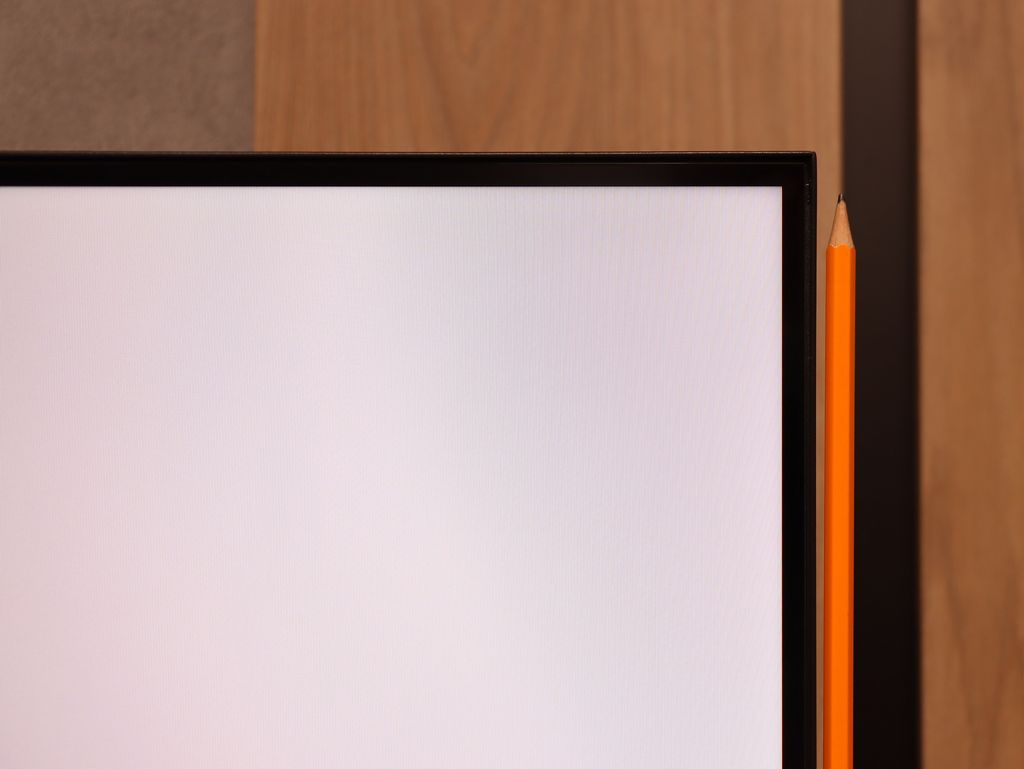
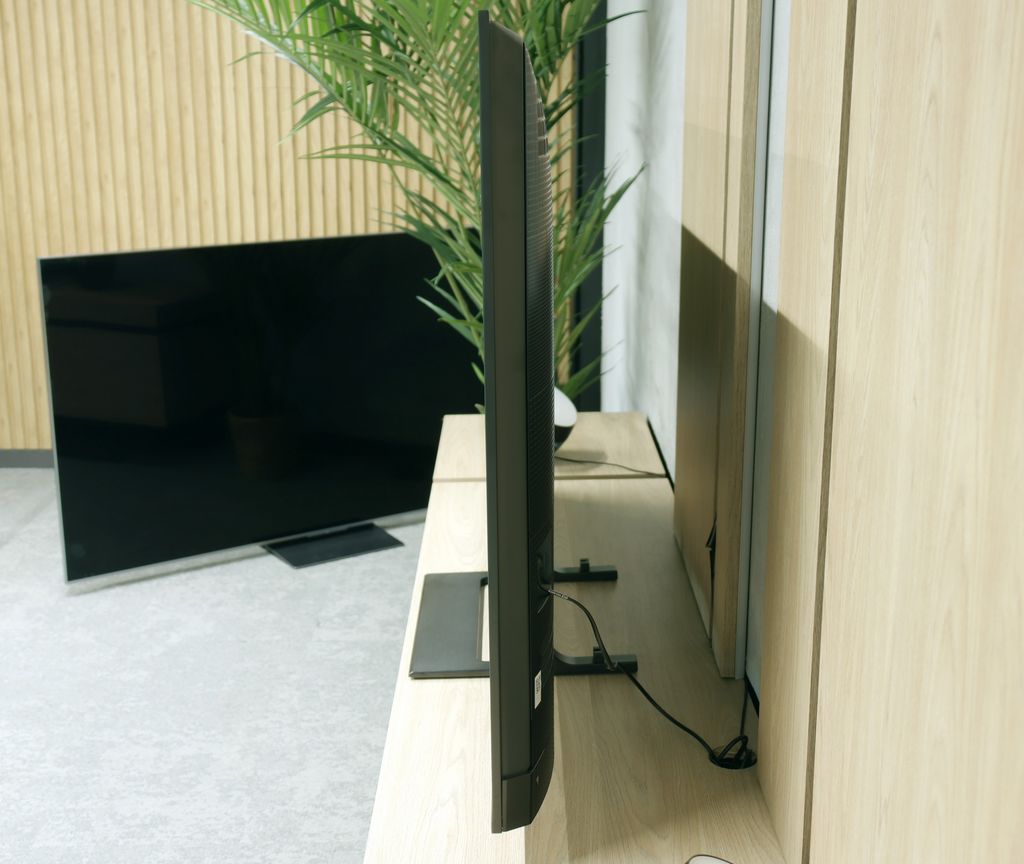
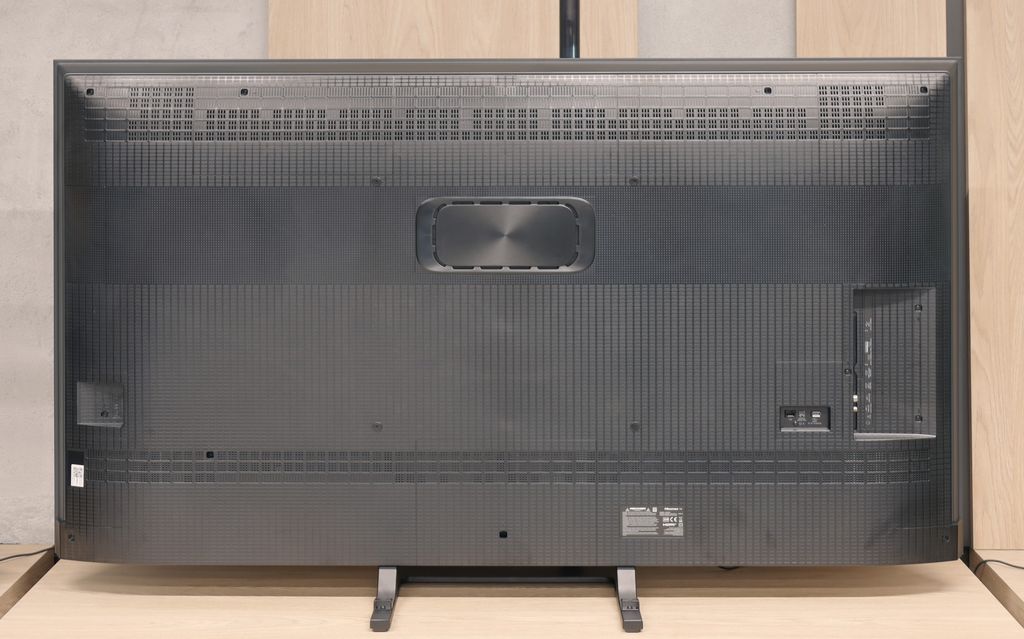
Contrast and black detail
7.6/10
7.5/10
Local dimming function: Yes, number of zones: 88 (11 x 8)
Local dimming function: Yes, number of zones: 220 (10 x 22)
Contrast:

Result
87,500:1

Result
14,400:1

Result
99,250:1

Result
9,550:1

Result
6,300:1

Result
278,000:1

Result
28,800:1

Result
11,100:1

Result
10,800:1

Result
6,250:1
Halo effect and black detail visibility:


The Sony X90L television is equipped with a VA panel and in the tested size of 65' has 88 dimming zones. It may seem that such a number of zones does not make a great impression, but thanks to the local dimming algorithm, the television handles blacks very well. This is clearly visible in the first and third test slides, where the contrast reaches nearly 100,000:1. In more demanding scenes, the X90L does not achieve such spectacular results anymore – a contrast level of 6000:1 is simply acceptable. The light separation is really good, confirmed by the scene from the movie "Oblivion". However, the small number of dimming zones causes the halo effect to be visible, especially in the test film from "Sicario 2," where the helicopter lights cause quite a noticeable flare on a large area of the screen. Despite the small number of dimming zones, the Sony X90L does a really good job of reproducing blacks. Although it does not compare to the highest series of miniLED or OLED televisions in terms of black depth and contrast level, it offers solid results that are sufficient for demanding users in most cases.
The U7Q is a television with Mini-LED backlighting – just like the PRO version. The difference? The version without the suffix simply has fewer dimming zones. In our 65-inch model with a VA panel, we counted 220 of them. And although this doesn't make as much of an impression as in the U7Q PRO, it still looks very good on paper for this price range. Alright, but how does it perform in practice? Surprisingly well. The contrast in the U7Q can reach up to 300,000:1, which provides a really solid black effect. In many scenes, it's hard to find fault – the image has depth, and the highlights are well separated. Of course, Mini-LED is not OLED – so there are certain limitations. In very challenging scenes with a lot of dark details, the television sometimes either "eats" them, leaving a nice black, or slightly brightens the background, which can cause a halo effect. This is normal in this technology and must be taken into account. Despite these minor drawbacks – the contrast in the U7Q performs really well.
HDR effect quality
6.7/10
4.6/10
Luminance measurements in HDR:

Result
912 nit

Result
680 nit

Result
678 nit

Result
640 nit

Result
797 nit

Result
521 nit

Result
160 nit

Result
351 nit

Result
98 nit

Result
674 nit
Scene from the movie “Pan” (about 2800 nits)

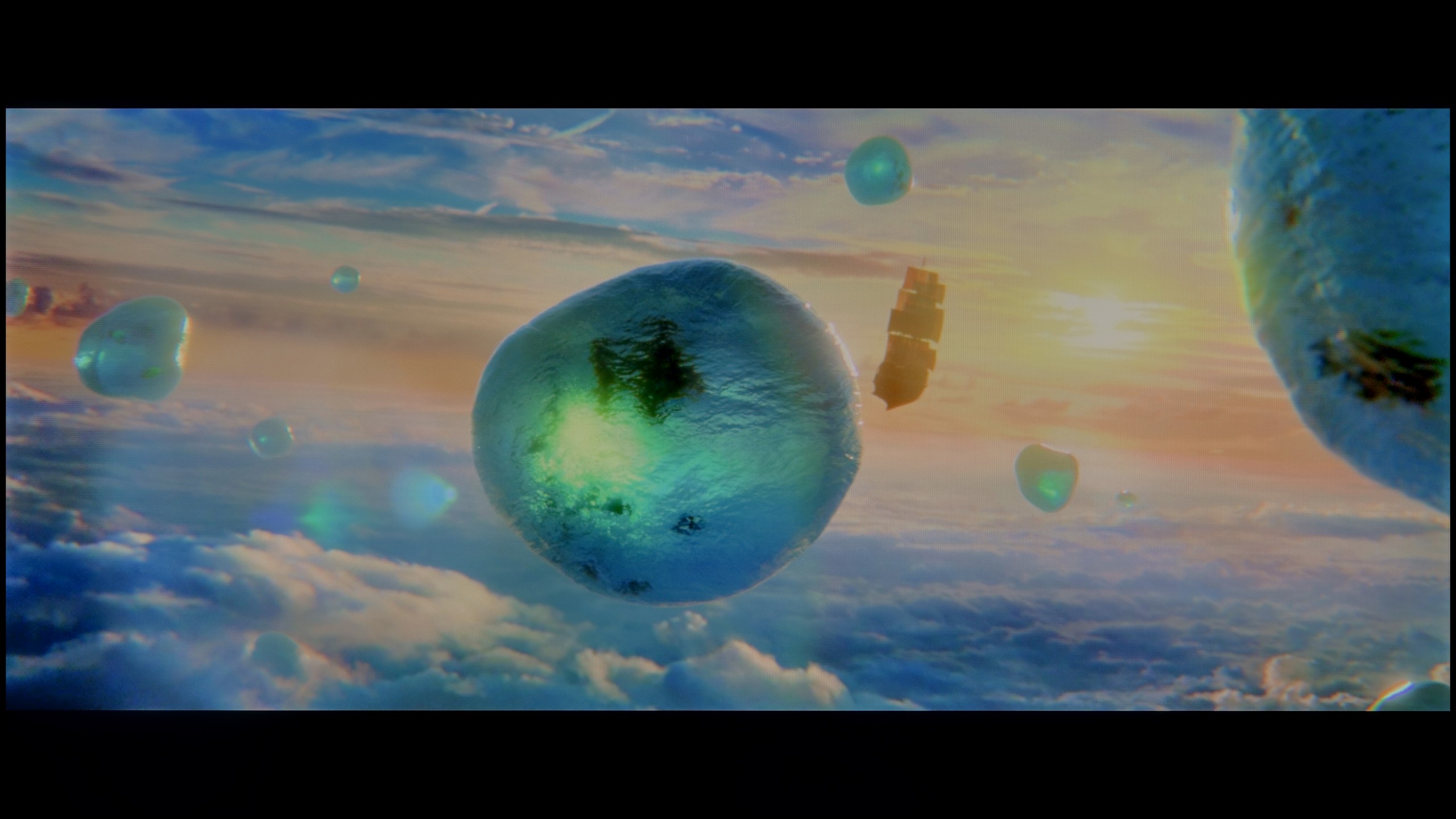
Scene from the movie “Billy Lynn” (about 1100 nits)


Static HDR10


Dynamic: Dolby Vision
Dynamic: Dolby Vision


HDR luminance chart:
Hisense U7Q
Luminancja HDR
Luminance of RGB colors
Sony X90L
Luminancja HDR
Luminance of RGB colors
HDR on the Sony X90L television looks promising. The luminance chart showed that the TV has a solid power reserve, reaching a maximum of 1000 nits in synthetic tests. But how does it perform in real scenarios? In scenes such as the first one from Life of Pi or the final sequence from The Meg, the TV can deliver this power on HDR content, achieving around 800 nits. Unfortunately, displaying small light elements on a black background, as in the scene from Sicario 2, poses greater challenges for the X90L – here the results reach about 600 nits. Despite this, when looking at competitive models with mini-LED technology, the effect looks very good and can shine enough to impress us. The color gamut coverage is also noteworthy, with a result of 96% for DCI-P3 and 76% for BT.2020, indicating good color reproduction in HDR content.
Since the algorithms responsible for blacks are performing quite well, we expected a similarly good effect when it comes to brightness and overall HDR quality. Unfortunately – here we have to disappoint you a bit.
The U7Q is quite a bright TV – in optimal conditions, it can reach around 800 nits, which indeed impresses on some screens, especially in scenes like those from the movie The Meg. Bright segments can really shine, and the HDR effect is noticeable. The problem arises when very small, bright elements appear on a dark background – for example, in Sicario 2 or in the second scene of the movie Life of Pi. In such moments, the dimming algorithms operate too aggressively. Yes, the blacks look great then, but the brightest points can almost completely fade, causing the HDR effect to disappear and details to be barely visible. That's just the nature of this technology in this price segment.
As a consolation, it's worth adding that the U7Q is advertised as a QLED TV (in practice, a PFS layer is used, which works very similarly), and it is indeed capable of displaying a wide color palette – with DCI-P3 coverage at around 94%, that's a very good result for this class.
Factory color reproduction
6.2/10
6.3/10


Factory Mode
After calibration
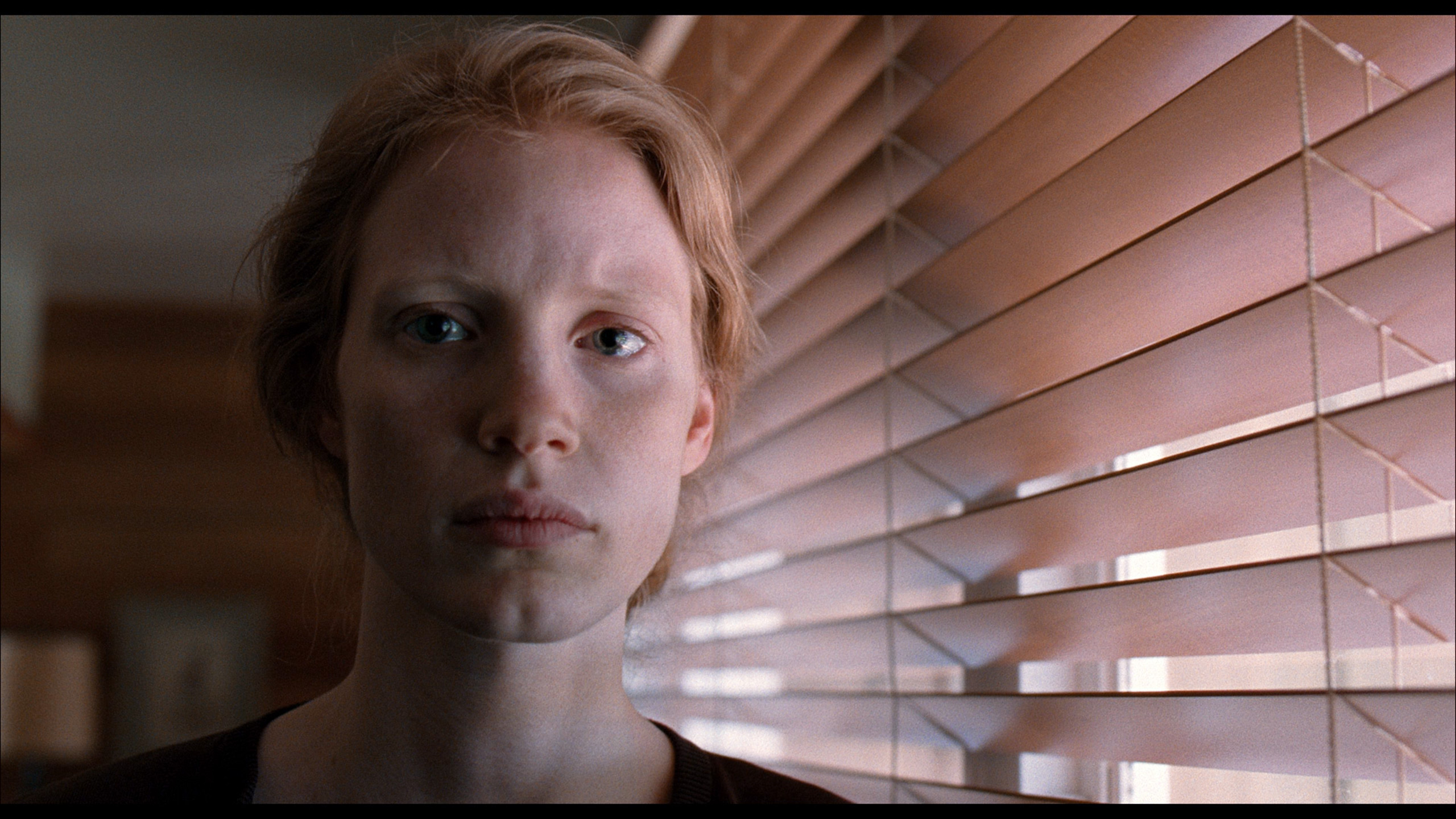
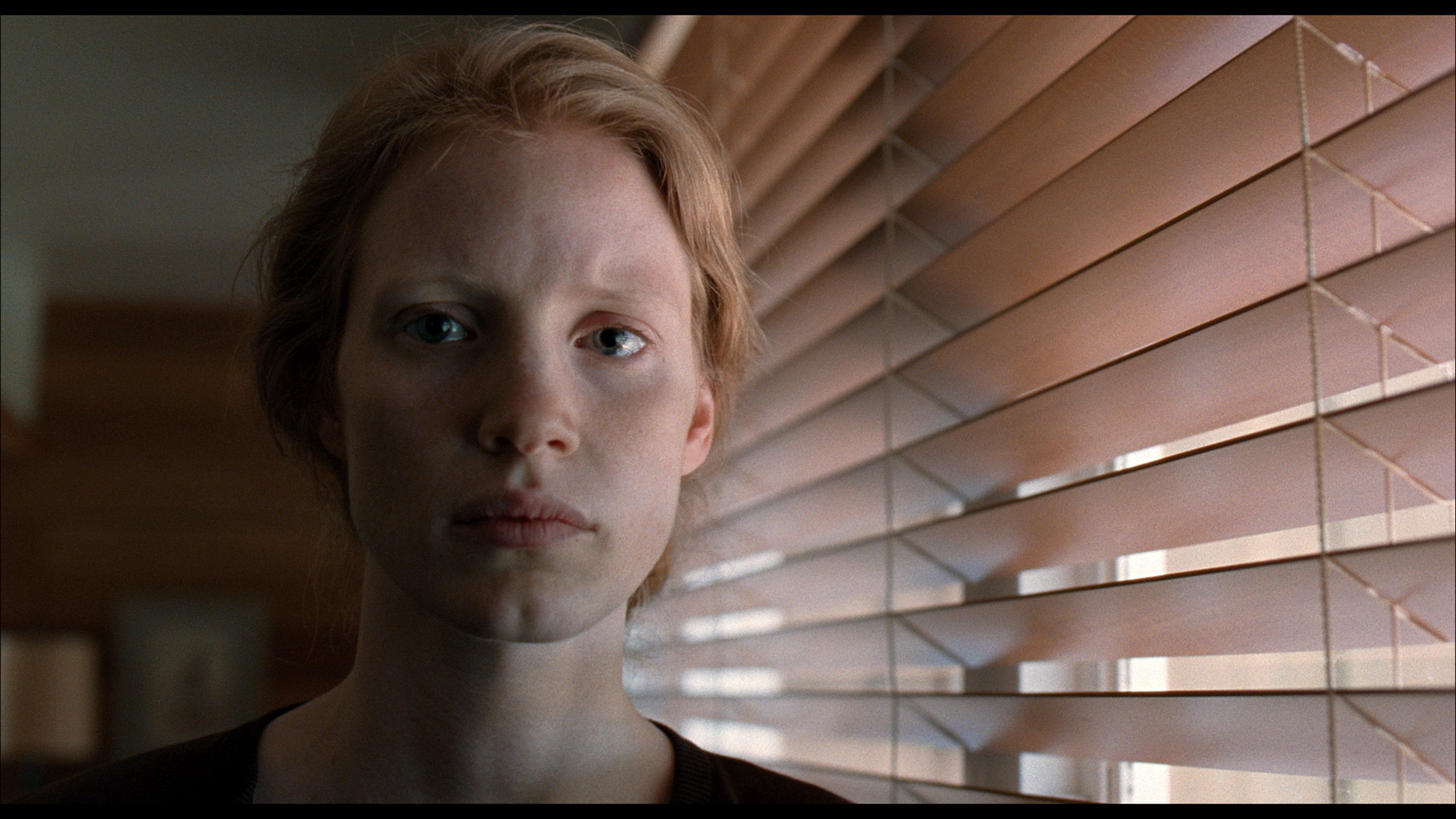
Factory Mode
After calibration
The best mode in Sony televisions is the IMAX Enhanced mode. Although IMAX is mainly associated with the cinematic experience, here the color reproduction right out of the box is average. In the case of lower quality materials, such as HD – regular TV or YouTube – it is worth paying attention to the white balance. It is characterized by a deficit in red and an excessive dominance of blue, which gives the image a pinkish hue. The brightness characteristic, or gamma, for HD content is quite decent, but a slight boost may cause the image to become washed out and appear as if it is behind a light fog.
In 4K HDR content, the situation looks a bit different. The white balance shows a significant boost in blue, which makes the image appear unnaturally sharp and gives it an artificial feel. Such an exaggeration in color reproduction may not appeal to everyone, especially if one prefers more realistic shades. Additionally, the EOTF curve in Sony X90L looks quite decent at first glance. However, at the end of the graph, there are certain fluctuations that suggest the television is trying to maintain the appropriate brightness to avoid overexposing larger elements.
We tested the U7Q in the best possible picture mode, which is Filmmaker Mode. This mode is supposed to provide the most "filmic" experience and fidelity to the creators' intent – right out of the box. Unfortunately, even this professionally sounding name does not guarantee a perfect picture.
In our unit, the problem lay in a poorly set white balance. Both in HD and 4K content, the image had too much blue and red, giving the screen a slightly pinkish hue. It didn't look terrible, but it was noticeable – especially in bright scenes and white backgrounds. This alone could have been forgiven, but the biggest issue is the management of brightness in HDR content. The EOTF curve from the measurements confirms what we saw earlier during the scene tests: the television often dims the smallest bright elements too much, causing them to almost disappear, or conversely – excessively brightens the brightest ones, affecting the naturalness of the image.
Color reproduction after calibration
9.1/10
7.4/10

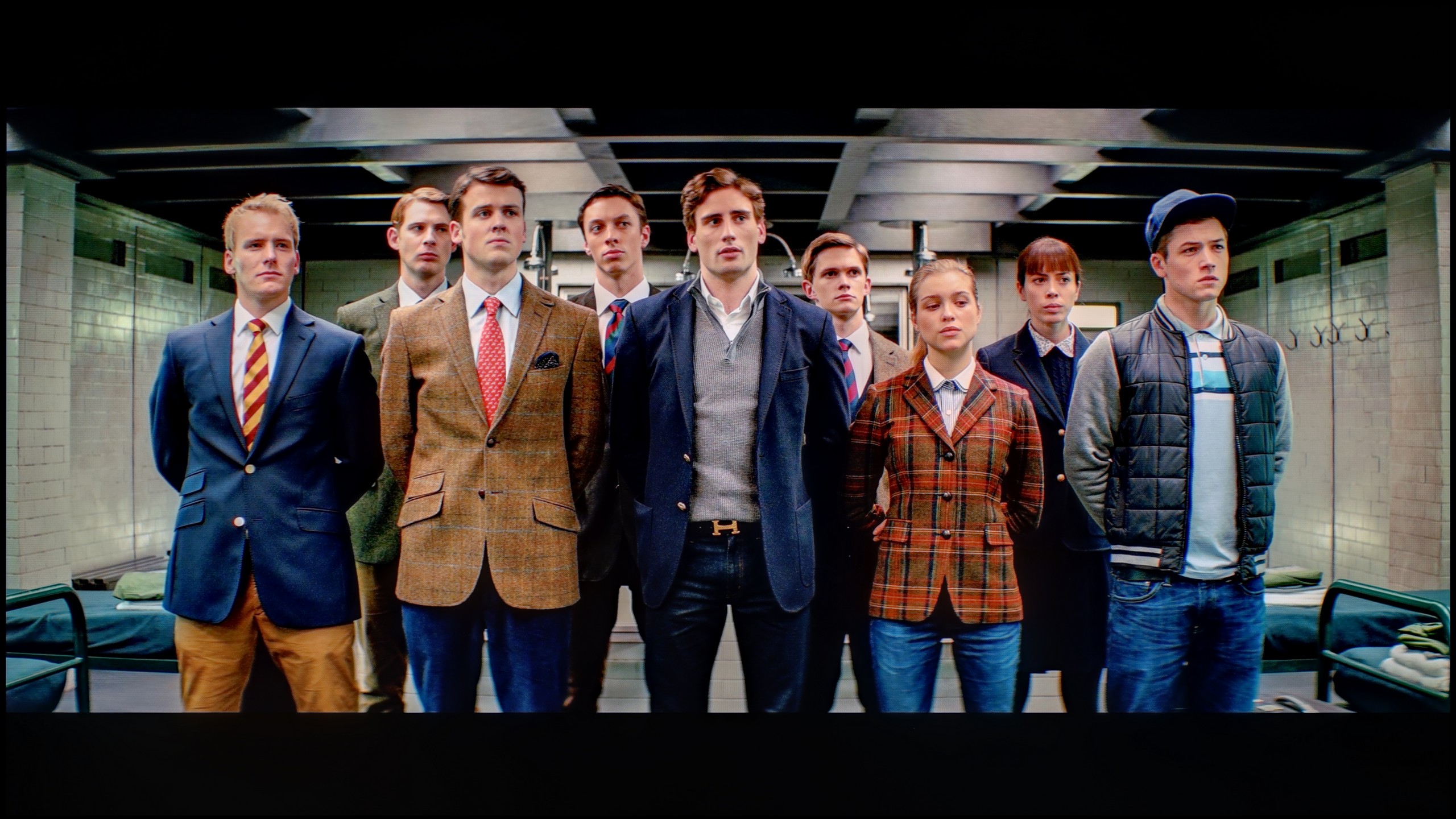

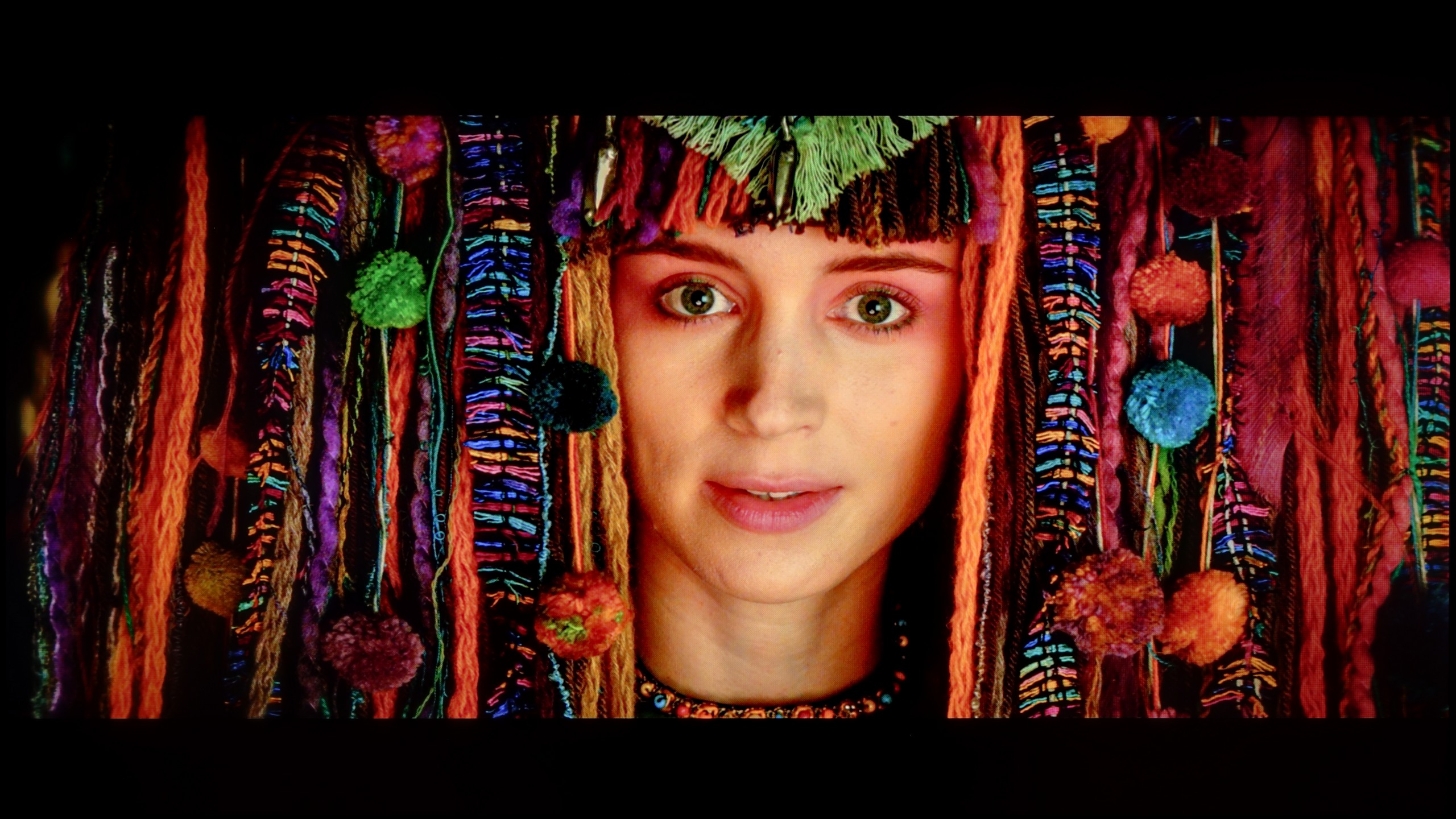
Sony offers many tools to improve image quality, including two additional image modes that we decided to use during testing and apply calibration to them. This solution significantly facilitates the calibration work and is very effective, provided that the right tools are available. In the case of HD content, the white balance has been almost perfectly aligned – only one shade of gray exceeds the error value of "1", which is an excellent result. The same can be said about the brightness characteristic (gamma), which looks nearly perfect, with microscopic deviations of around 0.01.
In the case of 4K HDR content, the situation is not as ideal. Although the white balance has been significantly improved, it has not been possible to completely eliminate the dominance of blue color. Nonetheless, errors in the Colour Checker test only occasionally exceed the value of "2", which means that image distortions are practically unnoticeable. As for the EOTF curve, it is worth activating the filter in the upper right corner "EOTF in Movies" – the graph looks correct, but the television encounters difficulties illuminating very small elements, which results from the limited number of backlight zones. Despite these minor flaws, it is thanks to the calibration carried out that the IMAX Enhanced mode in the Sony X90L makes watching movies resemble a true cinema experience.
Thanks to specialized tools, we managed to correct the color quality in SDR content to nearly perfection. In materials with lower dynamics, delta E errors dropped below 0.5, which can be considered an almost reference result. The image on television, YouTube, or classic Full HD looks really good after calibration. Well, but where couldn’t we improve the image so easily? Primarily, it concerns HDR quality content. While we managed to somewhat "tame" the white balance and eliminate pink hues in most scenes, unfortunately, we did not have full control over brightness management. We set the local dimming settings according to the best observations – SDR: Medium, HDR: High – but the U7Q still did everything a bit its own way. There were still cases of overly strong dimming or brightening of details that the calibration simply couldn't eliminate. And although the overall reception of the content is much better, it must be taken into account that the U7Q will always have something to say at the end "but."
Smoothness of tonal transitions
9.2/10
9.9/10

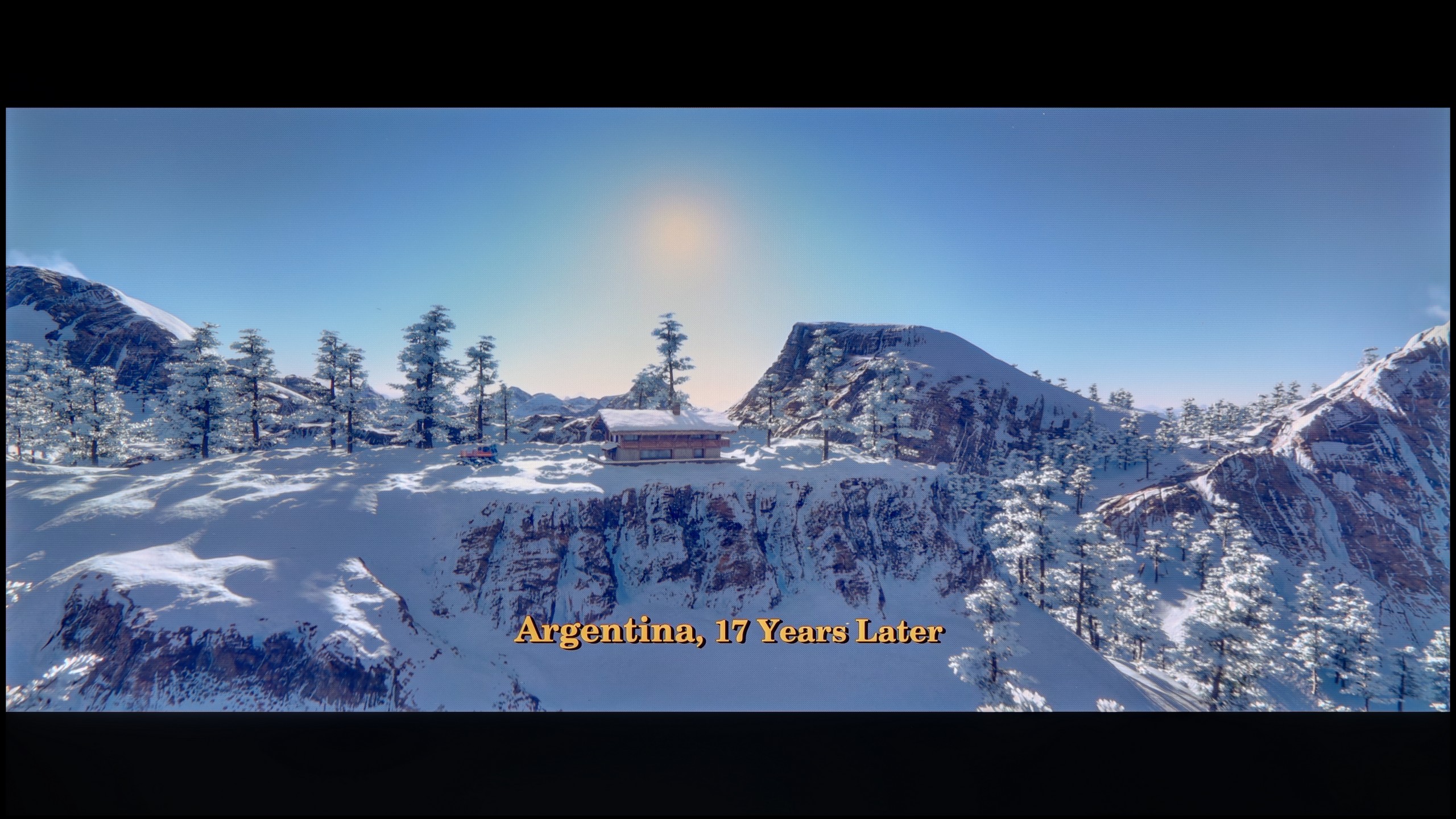

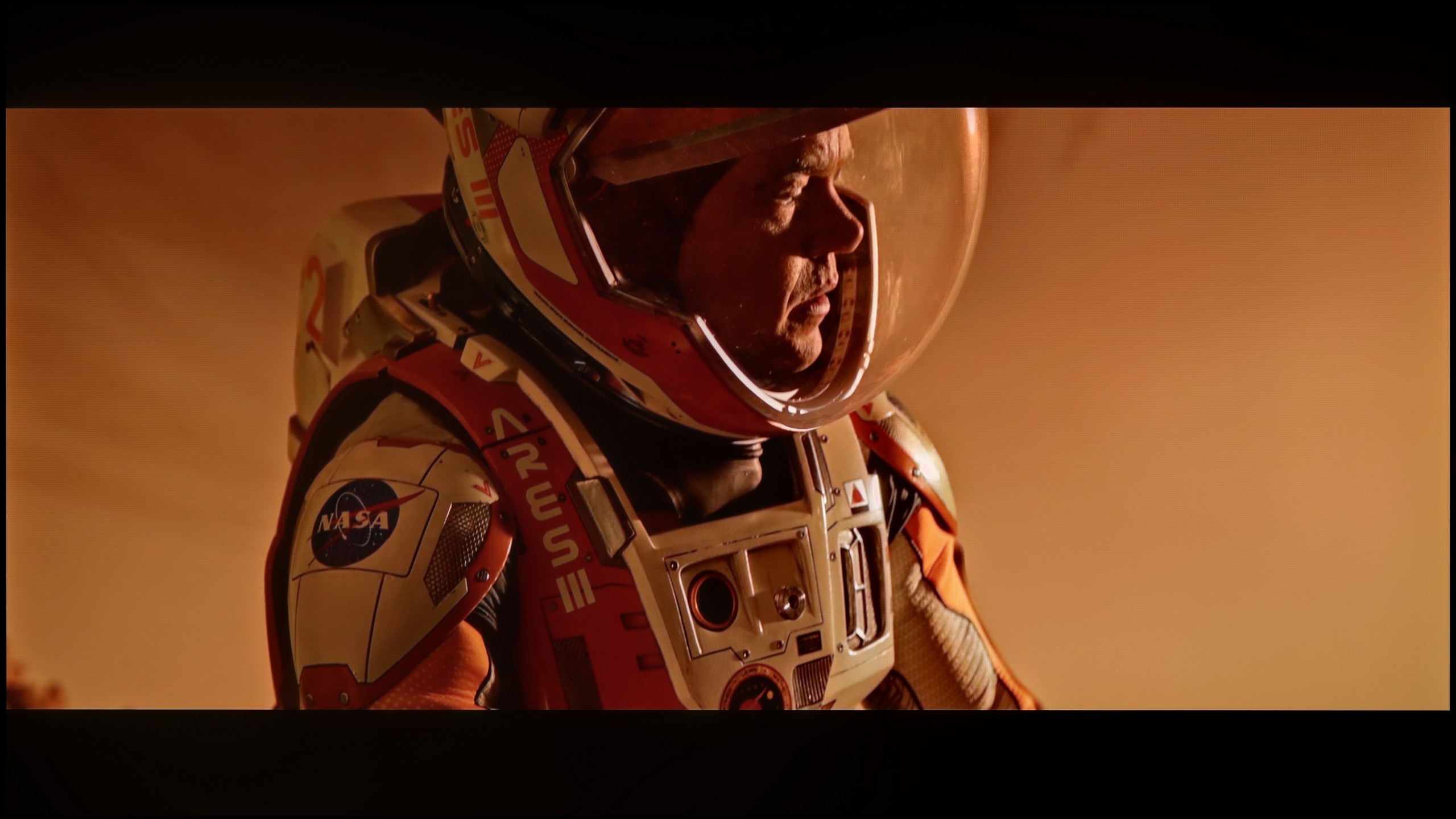

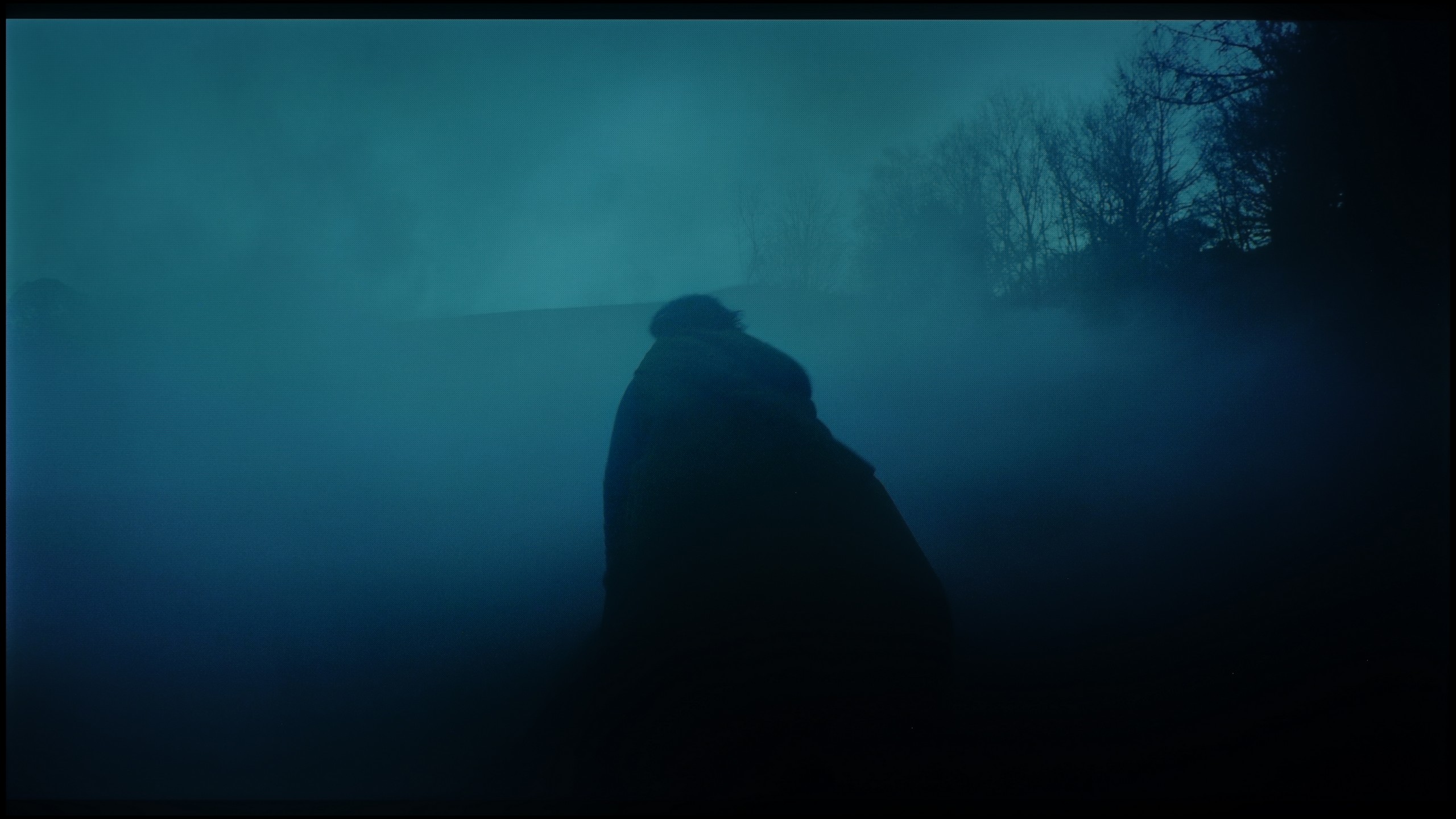






The smoothness of tonal transitions in Sony X90L is outstanding. The gradation is beautiful on high-quality sources such as 4K streaming. One can only notice slight banding on more demanding gradients, but the overall effect is very good and should satisfy even the more discerning viewers.
The U7Q performs exceptionally well when it comes to tonal transitions – we can confidently say that it reaches almost reference level, which is why in this category, the TV receives one of the highest possible ratings from us. The color blends are smooth, clean, and without visible bands. In most scenes, everything looks simply perfect, and any potential minor imperfections may only appear in very specific shots – although we hardly noticed them during testing.
Image scaling and smoothness of tonal transitions
8.5/10
6/10
Smooth transition function

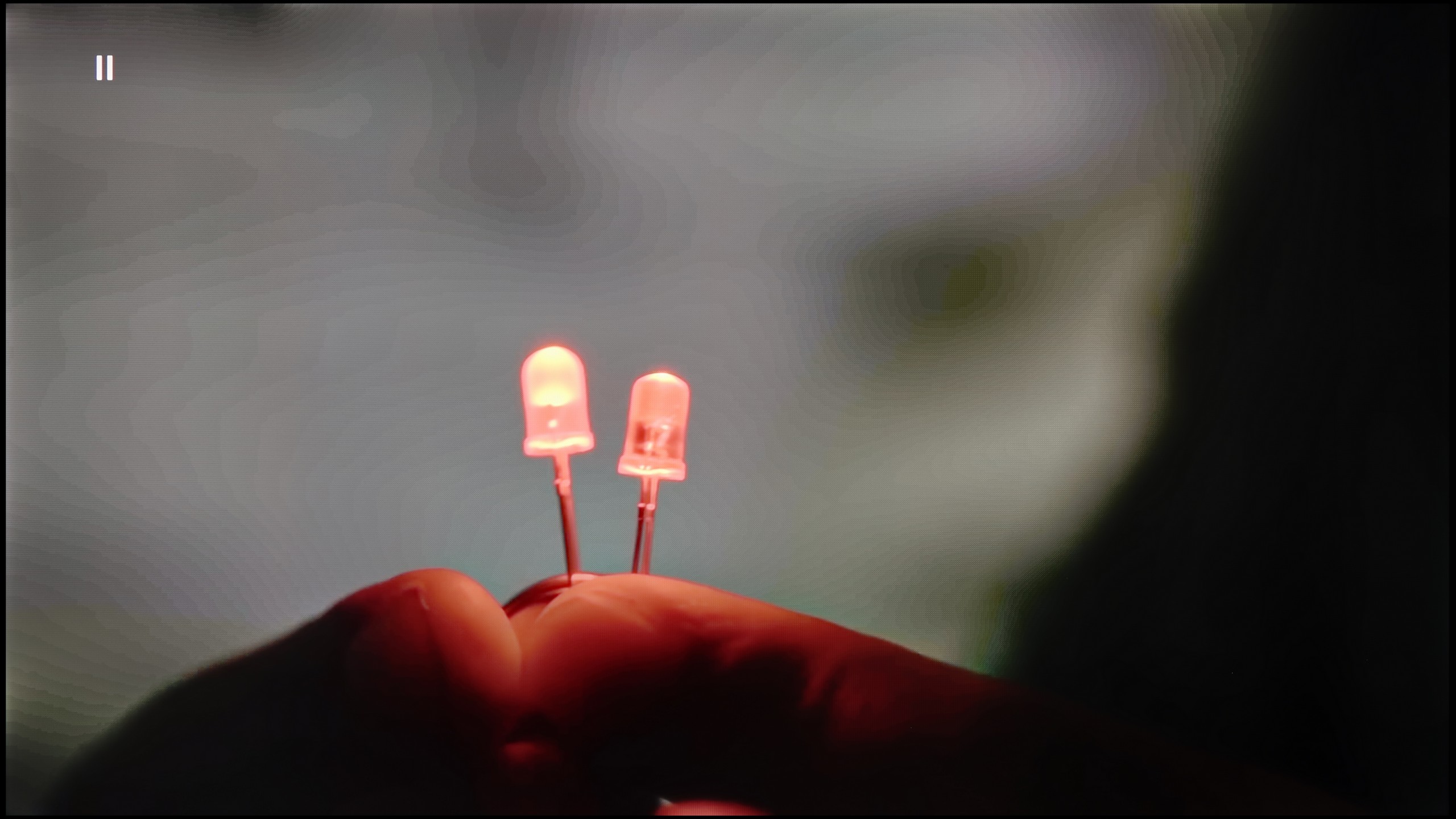
Image without overscan on the SD signal


The Sony X90L TV features a tone transition smoothing function known as Smooth Gradation, which is incredibly effective. Even at the "low" setting, the effects are satisfactory, but at the "medium" setting, it works like a dream – we recommend using this option for the best results. The image scaling on the Sony X90L is simply excellent. The image is not overly sharpened, which gives a natural effect and makes everything look cohesive. It is evident that the engineers really put effort into this aspect, creating a solution that impresses and works well in everyday use. Because of this, even when watching content like regular television or YouTube, where the image is not inherently stunning, one can enjoy a smooth, cohesive, and visually pleasing experience.
There are situations where we would like to smooth out tonal transitions a bit, especially in older materials – those that have limited source quality. The U7Q is equipped with a feature called “Smooth and Gradient Image,” but unfortunately… it works very poorly. In the “Low” option, the effects are practically unnoticeable, and other settings smooth out details but do not improve tonal transitions. The only plus is that the feature does not interfere with film grain, so it does not ruin the natural structure of the image.
Fortunately, content scaling performs quite well. The image is not overly sharpened, there is no artificial clarity – and although it is known that this is not the level of high-end televisions, the U7Q handles displaying really old content in a completely acceptable manner without any problem.
Blur and motion smoothness
8.1/10
7.5/10


Blur (native resolution, maximum refresh rate):




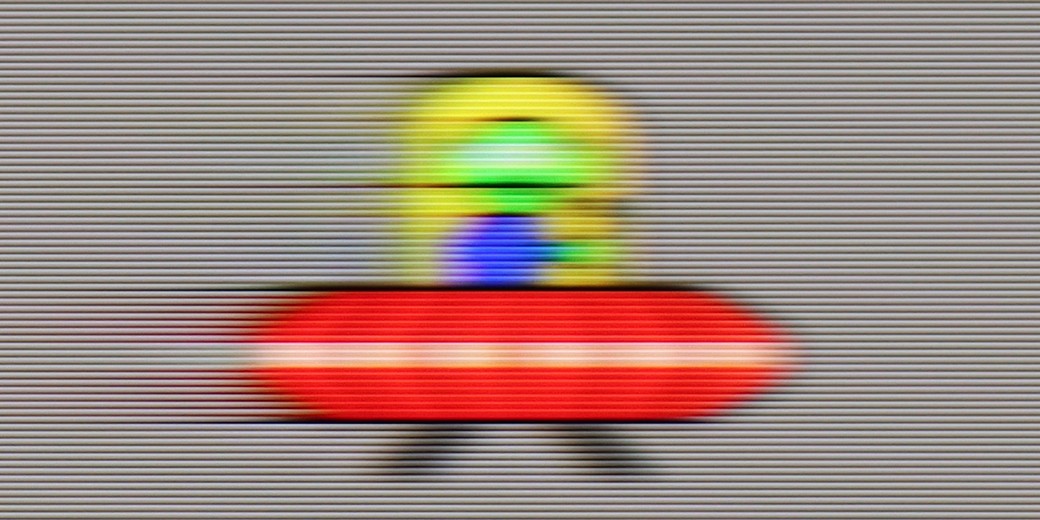
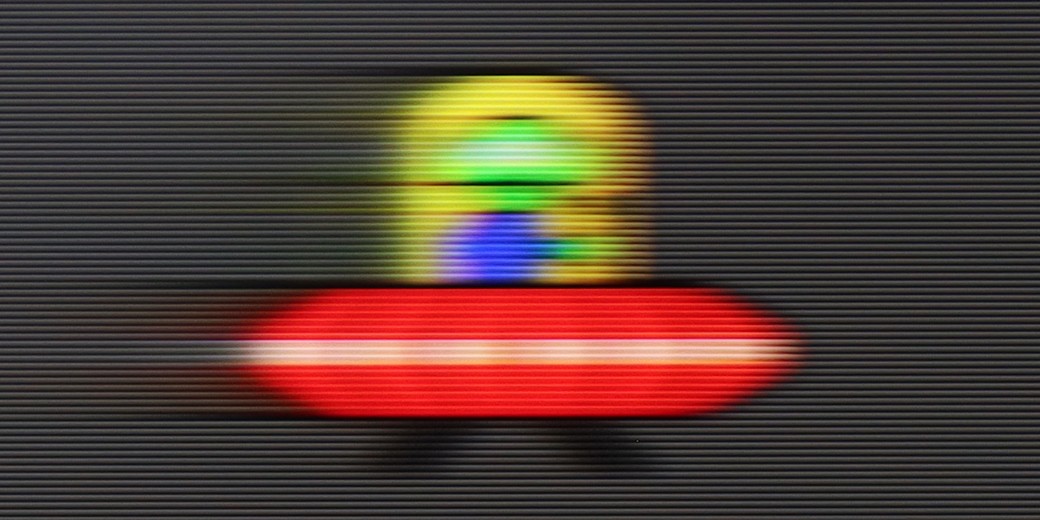
Blur (BFI function enabled):






Smużenie ():
Smużenie (1080p 240Hz):
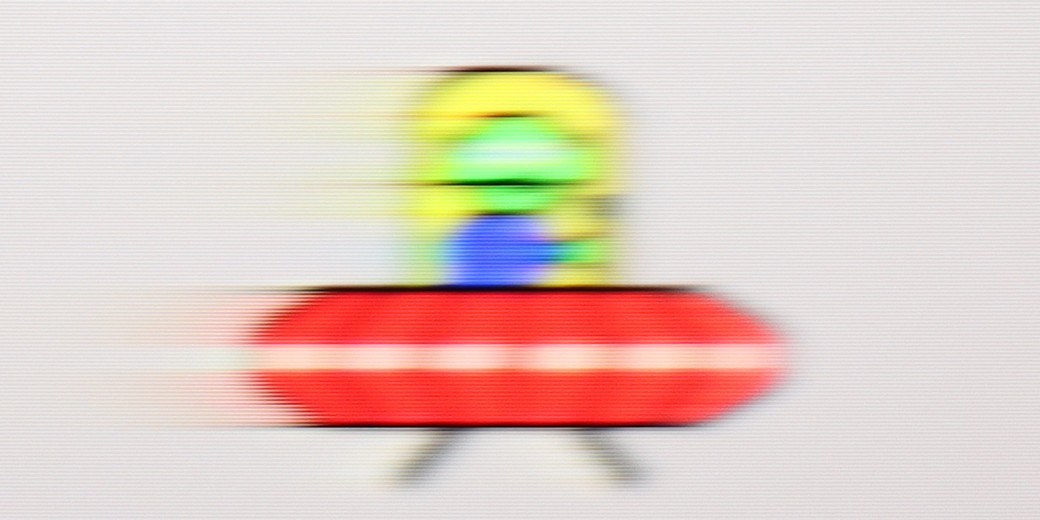
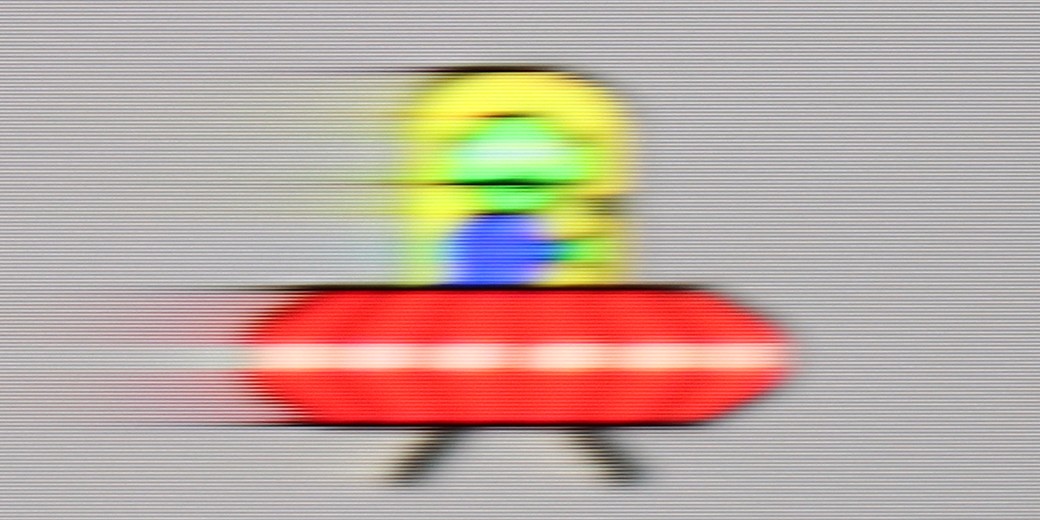
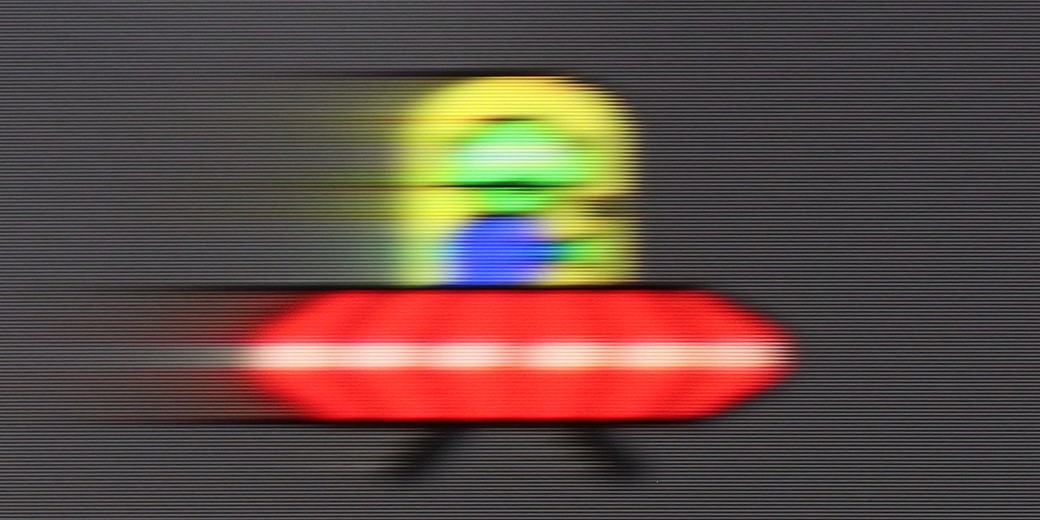
Sony X90L with a 120 Hz panel is a great choice for both gamers and movie enthusiasts. The TV is equipped with the Motion Flow smoothness feature, which allows you to adjust motion smoothness using two sliders: "smoothness" and "clarity." The "smoothness" slider controls the level of motion fluidity, which helps reduce image stuttering, while "clarity" is used to reduce blurring and improve motion sharpness, which is especially useful in dynamic scenes.
U7Q is truly a fast television, similar to its more powerful version "PRO". At a resolution of 4K, it supports up to 144 Hz refresh rate, and if someone wants even more – in Full HD you can achieve up to 240 Hz! This will mainly benefit PC gamers, but it’s worth appreciating – this is a rare feature in this price segment. Right from the start, it’s clear that U7Q was created with dynamic content in mind, such as games or sports. In films, we are not left "out in the cold" either – U7Q offers the "Ultra Motion Smoothness" feature, where using two sliders you can adjust whether you want a smoother, theatrical image, or something closer to a cinematic style with a visible frame. It’s good that, like with most manufacturers, we have a choice here and can adjust it to our own preferences.
Console compatibility and gaming features
7.8/10
8.5/10
- ALLM
- VRR
- VRR range48 - 120Hz48 - 240Hz
- Dolby Vision Game Mode
Yes, high input lag
- Correct implementation of HGIG
- 1080p@120Hz
- 1440p@120Hz
- 4K@120Hz
- Game bar



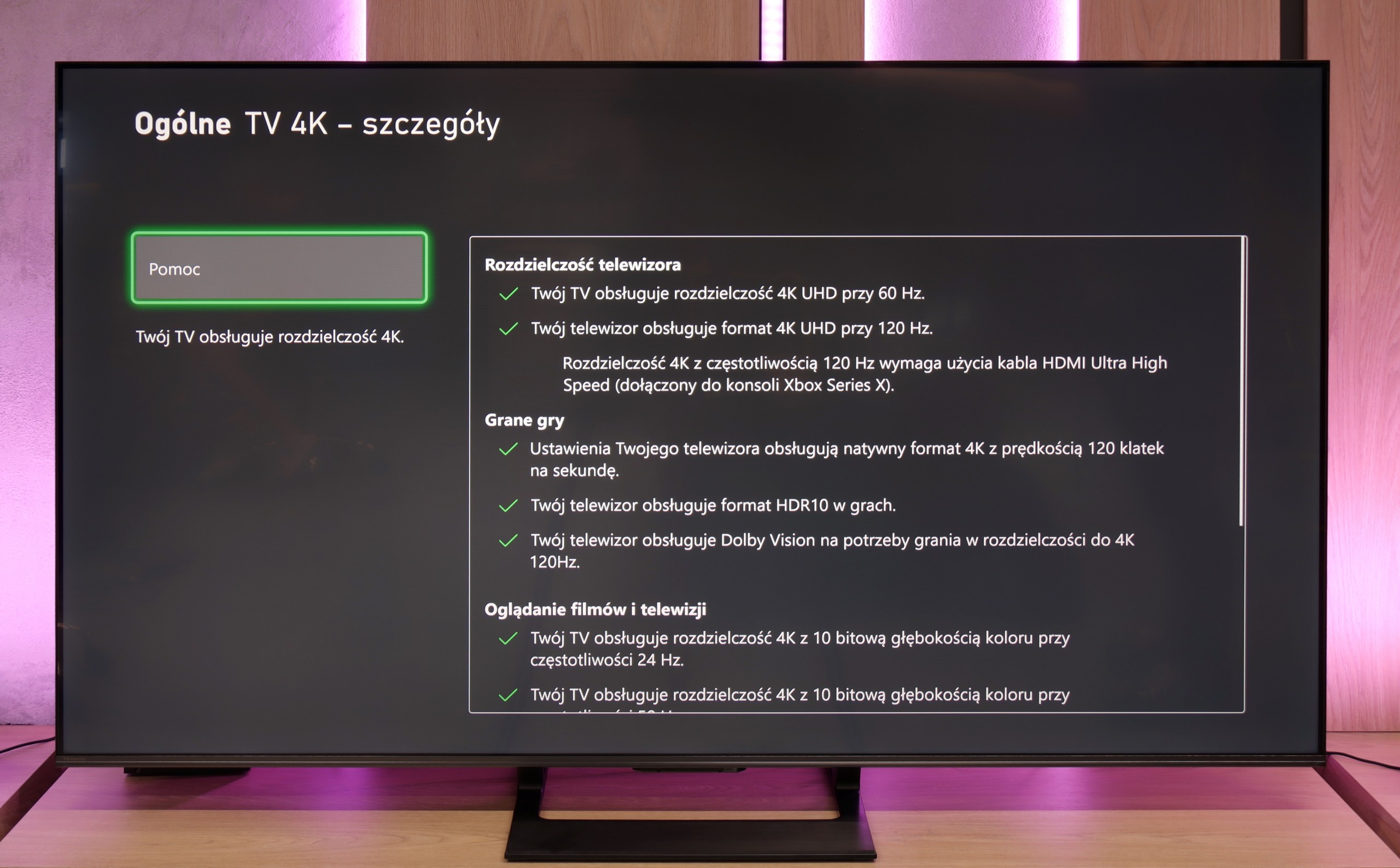



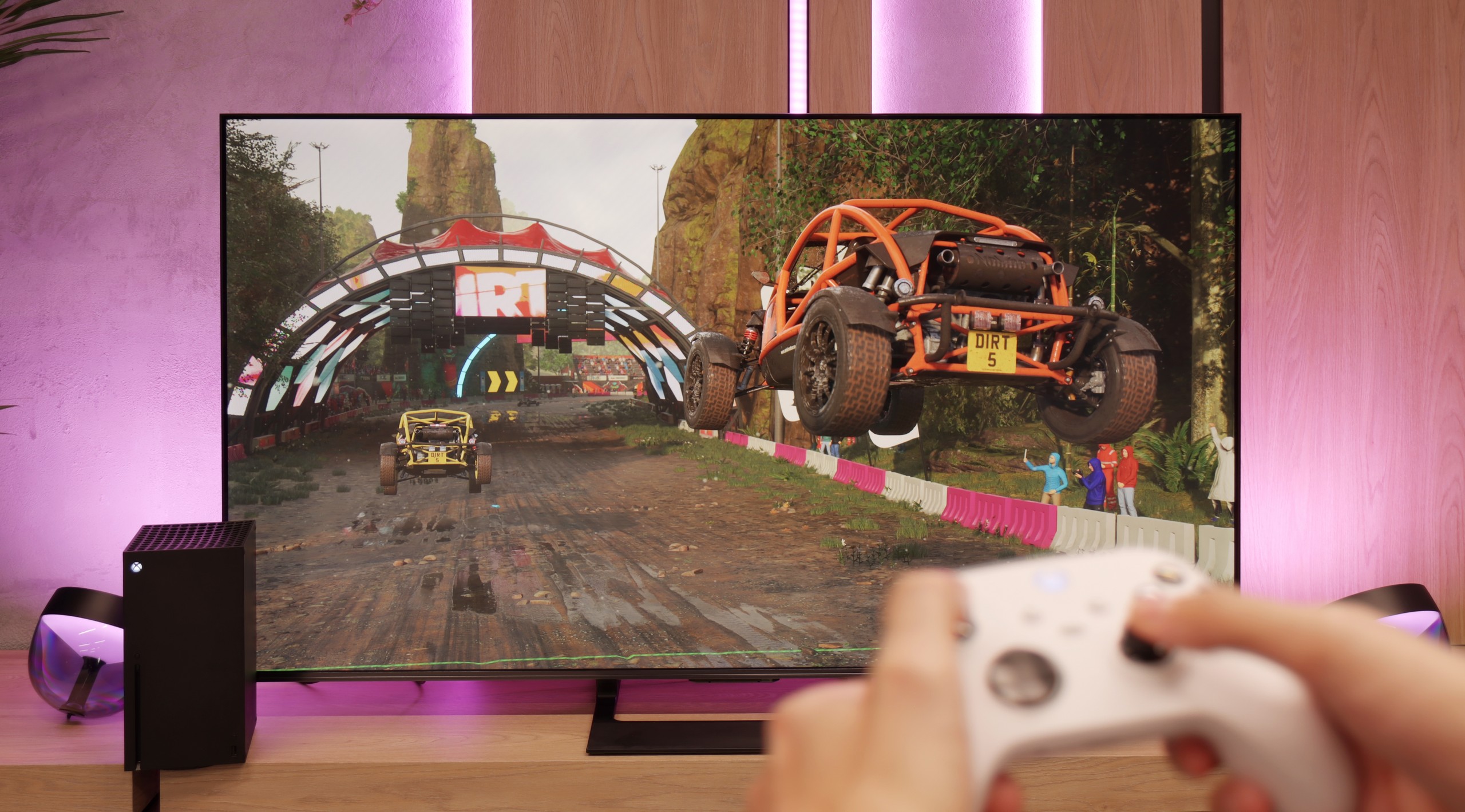
Sony X90L is a television that performs well in terms of compatibility with consoles and features for gamers. Its 120 Hz panel and two HDMI 2.1 ports with a bandwidth of 48 Gb/s allow for smooth play in high resolution and at a high frame rate. Gamers can also take advantage of the ALLM feature, which automatically switches the TV to low latency mode, and VRR, which provides smooth gameplay without screen tearing. Game Bar is an additional advantage – an intuitive tool that allows for quick access to the most important settings and gaming features, making it easier to control gameplay.
Unfortunately, in terms of HDR in games, the Sony X90L has its limitations. There is no support for HGiG, a standard that many gamers consider essential for precise HDR reproduction in games. Although the TV supports Dolby Vision, which theoretically could improve image quality in games, the practical application of this feature is problematic. Dolby Vision in game mode is associated with very high input lag, making gameplay less comfortable and precise movements more difficult. Additionally, it is not possible to enable Dolby Vision along with VRR. This means that despite numerous advantages, gamers seeking perfect HDR in games may feel a sense of disappointment.
The Hisense U7Q is a TV designed for gamers – and you can see that right away based on its gaming capabilities. It has practically everything you could wish for: variable refresh rate (VRR) – check, automatic game mode (ALLM) – also check, and high refresh rates of up to 240 Hz in Full HD, as well as support for various resolutions, not just 4K. It's truly a great set of features that makes the U7Q excel in both fast-paced shooters on consoles and more demanding titles on PC. Of course – like in most Hisense models – it lacks a proper implementation of the HGiG function. That's a shame because HGiG allows you to adjust the brightness of the console to the specific TV, which in practice makes displaying HDR games according to the creators' intentions much easier. Without this, you simply have to reckon with certain limitations in the final HDR image in games.
Input lag
8.7/10
9.7/10
SDR
HDR
Dolby Vision
The input lag on the Sony X90L can be rated as decent, although it is not exceptional. In Dolby Vision mode, the television operates only at 60 Hz, and the high input lag complicates matters as it makes gameplay practically unplayable. For games at the popular 60 Hz frequency, the input lag is around 25 ms – this is an acceptable result, but for more demanding players, it may be disappointing.
However, those more advanced players who have equipment that supports higher refresh rates can expect better results. With a 120 Hz signal, the input lag drops to around 12 ms, providing significantly better responsiveness and smoother gameplay, meeting the expectations of more demanding users.
Input lag on the U7Q is really impressive. With 120 Hz content, we recorded around 9 ms, and with 60 Hz – around 17 ms. These are outstanding results that make the TV perform excellently even in dynamic games that require quick reactions. There is hardly anything to criticize here. Of course, as is often the case, the Dolby Vision mode in games seems a bit slower compared to classic SDR or HDR. This will mainly be noticeable for Xbox Series X/S console users, which are the only ones that support Dolby Vision Gaming. Fortunately, input lag still remains below 30 ms, so in practice, this is still an acceptable level even for more demanding gamers.
Compatibility with PC
7.4/10
8.6/10

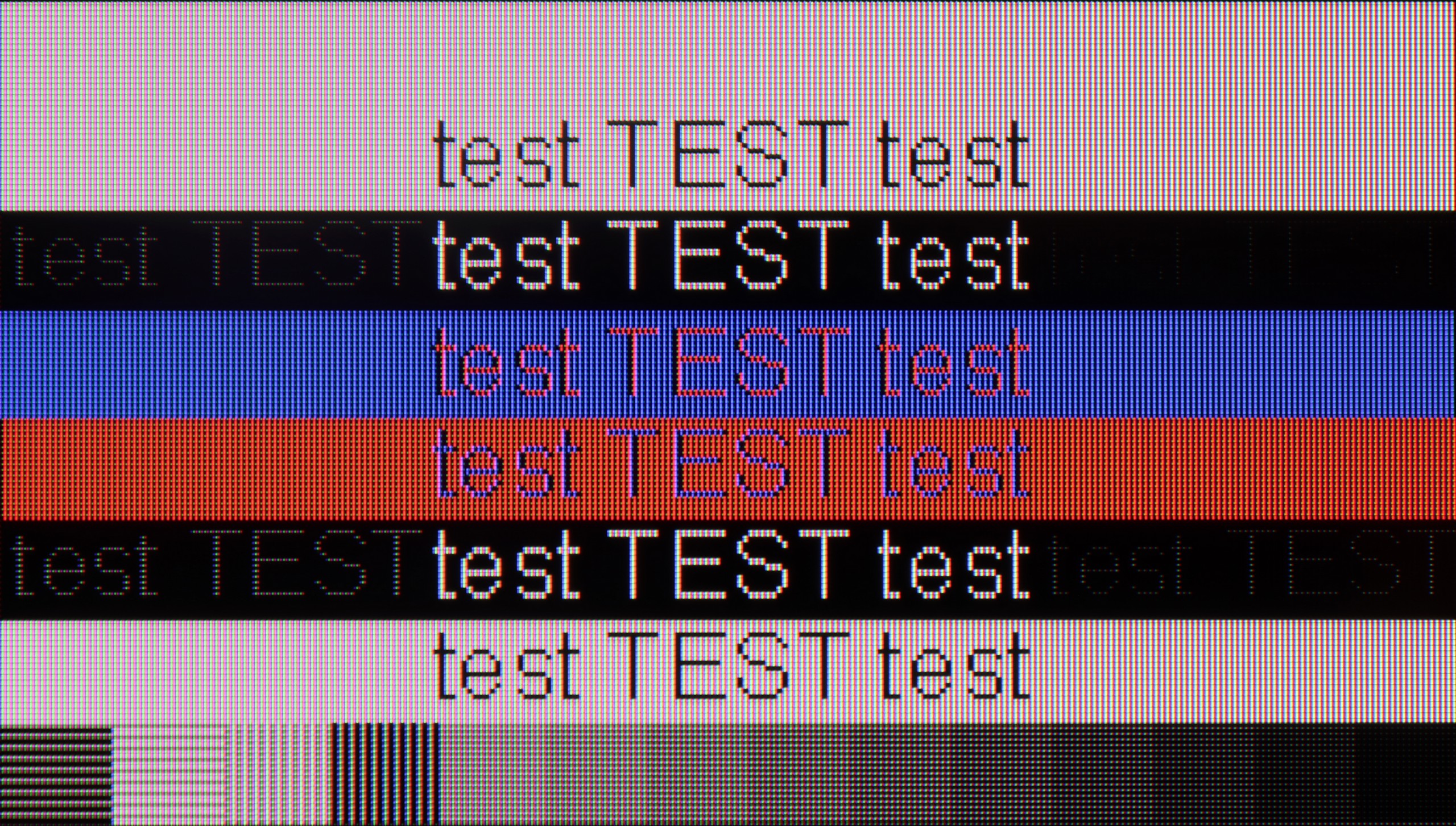
Cooperation with the PC in Sony X90L is at a good level. The X90L TV supports 4:4:4 chroma, which provides quite good font visibility, important when working or browsing content on a large screen. Although there are minimal issues with font readability on a dark background, it is not bothersome enough to be a significant problem in everyday use.
An additional advantage for PC users is the 120 Hz refresh rate and support for G-Sync functionality. As a result, gamers can expect smoother gameplay without stuttering or tearing effects, significantly enhancing comfort and gaming experience.
The U7Q communicates excellently with the computer. For gamers, this is great news – we have high refresh rates, low input lag, and G-SYNC support, so gaming from the PC is pure pleasure. But the U7Q also performs well in everyday tasks. If someone uses a computer for text, browsing the internet, or office work – there’s nothing to complain about. The television correctly handles chroma 4:4:4, so fonts look sharp and clear, without blurriness or strange contours. Both lowercase and uppercase letters are simply readable – just as they should be.
Viewing angles
2.9/10
3/10
Viewing angles on the Sony X90L are unfortunately very poor, which is typical for VA panels. The picture loses quality when viewed from an angle, which can be problematic when watching from a greater distance or with a larger group of people. It's a pity that the manufacturer did not apply a coating to widen the viewing angles, which could significantly improve this aspect and make the TV more versatile for different room layouts.
The viewing angles on the U7Q are rather weak – this is simply a typical characteristic of VA panels. Straight on, everything looks very good: blacks are deep, colors are saturated, and the contrast is high. But just shifting slightly to the side causes the image to start losing quality – colors become washed out, and blacks begin to resemble dark gray. Compared to TVs with IPS panels, the U7Q performs worse, although on the other hand, it makes up for it with better contrast and deeper blacks.
TV efficiency during daytime
7.8/10
6.2/10

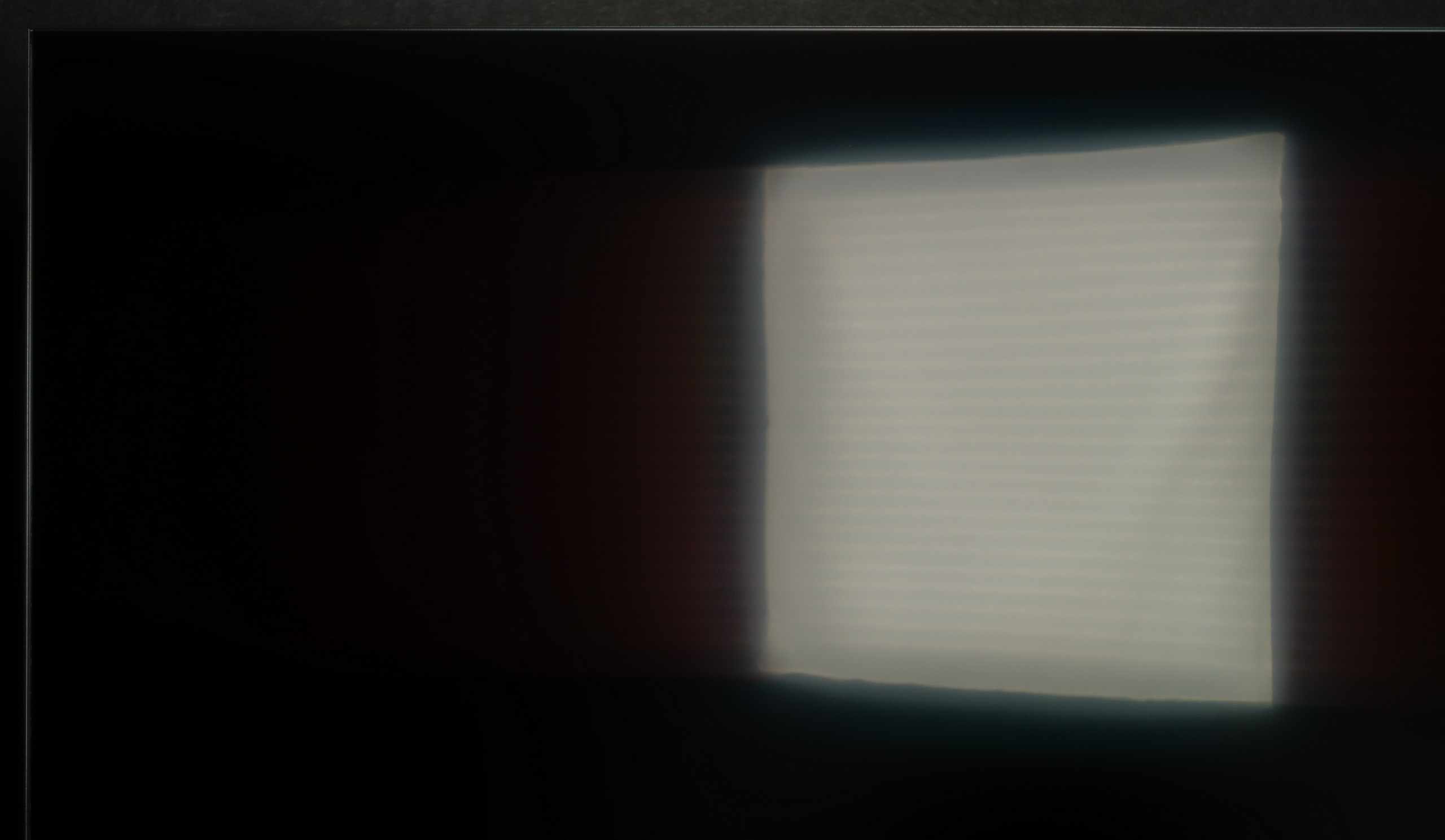

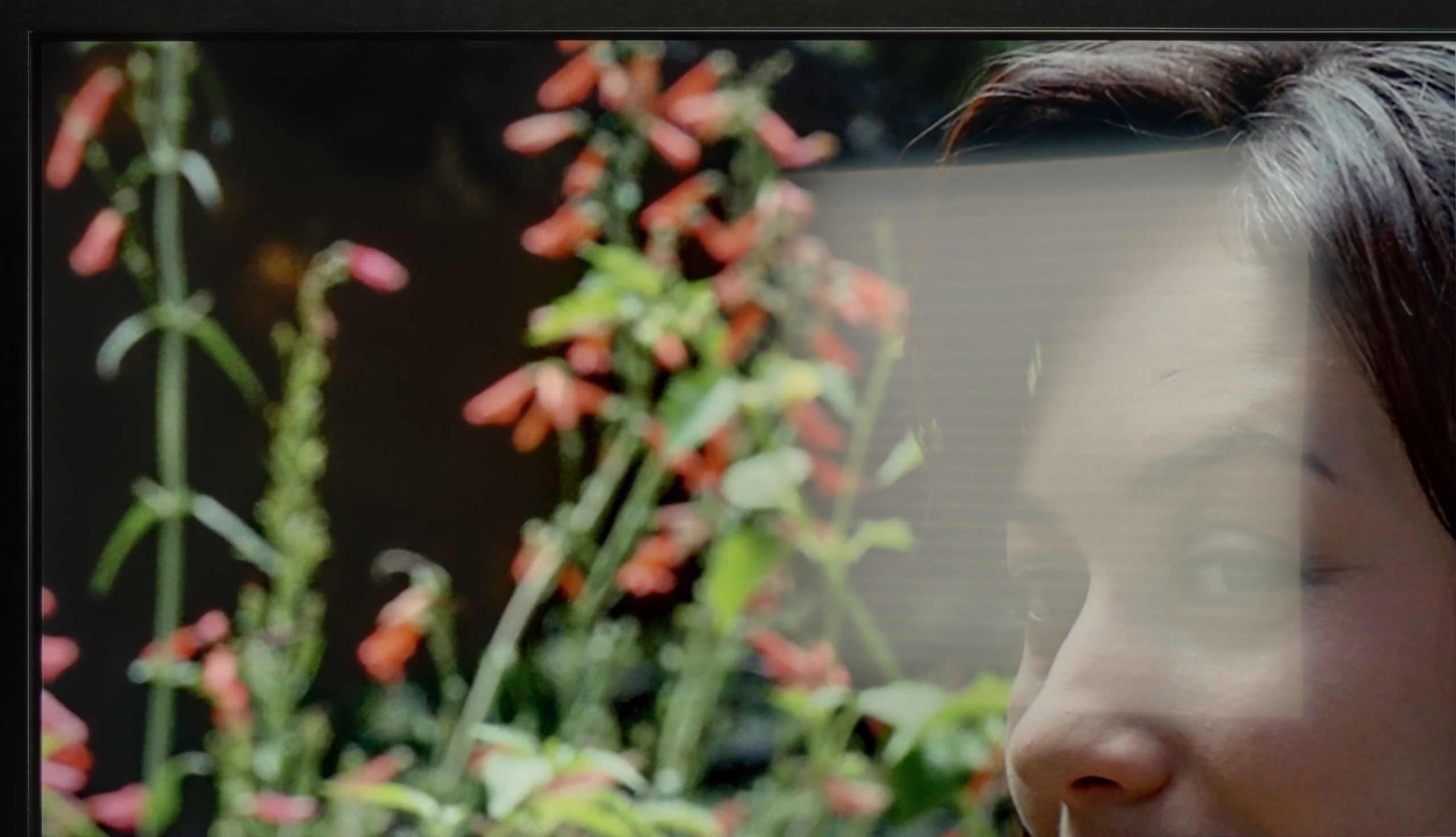
Matrix brightness
Average luminance SDR
Hisense U7Q: 519 cd/m2
Sony X90L: 784 cd/m2
The performance of the Sony X90L television during the day is at a very good level. The matte screen effectively suppresses reflections, which minimizes glare and keeps the image clear even in bright rooms. The SDR brightness of 785 cd/m² allows for comfortable viewing of standard television and lower quality materials regardless of the time of day. As a result, the X90L performs excellently in both well-lit living rooms and more sunlit spaces.
The U7Q performs quite well in a sunlit room. The brightness in SDR mode averages around 520 nits, which in practice means that even on sunny days, it's comfortable to watch television—without the feeling that everything is drowning in our reflections. Additionally, thanks to the satin coating on the panel, the television does a good job of reducing reflections.
Details about the matrix
Subpixel Structure:

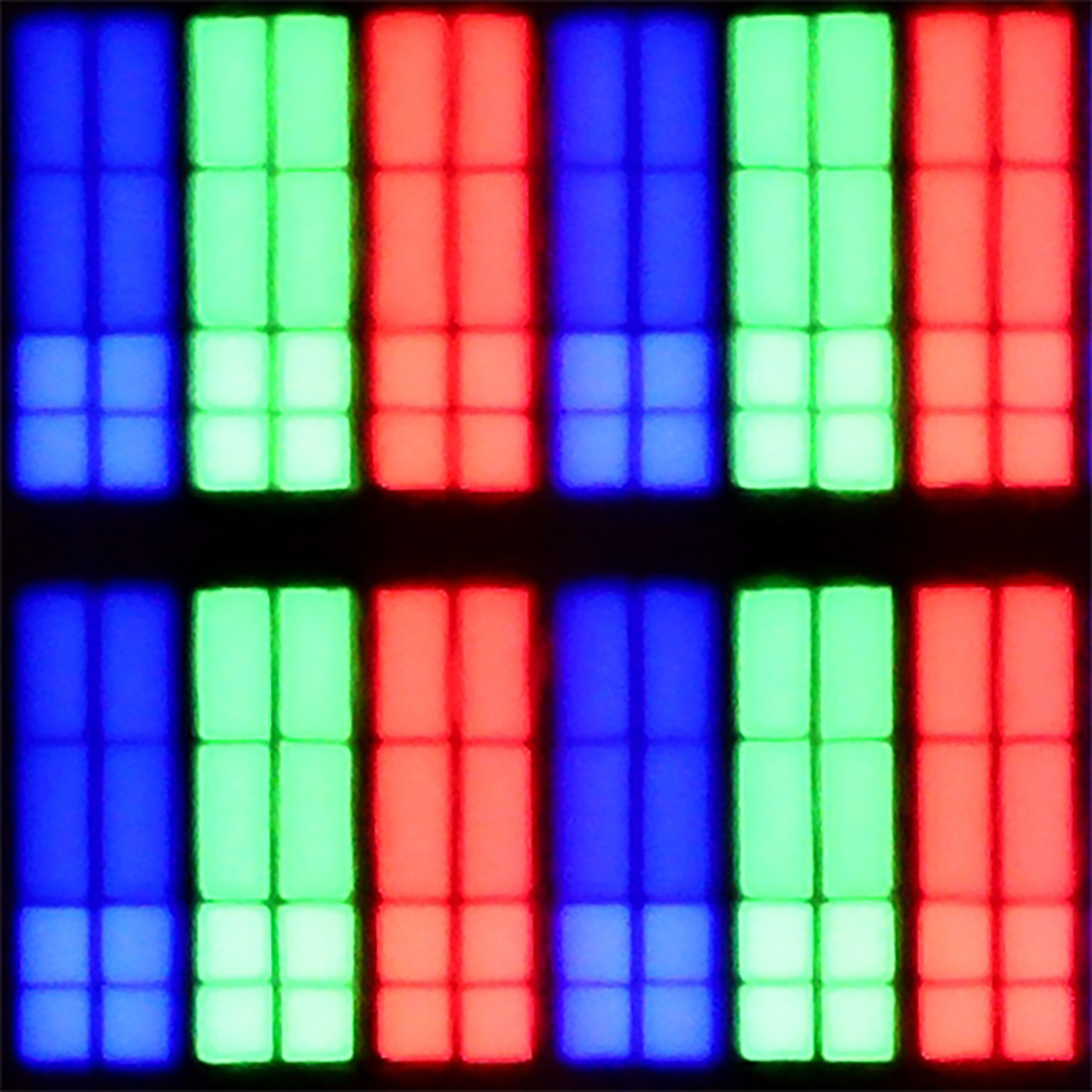
Panel uniformity:

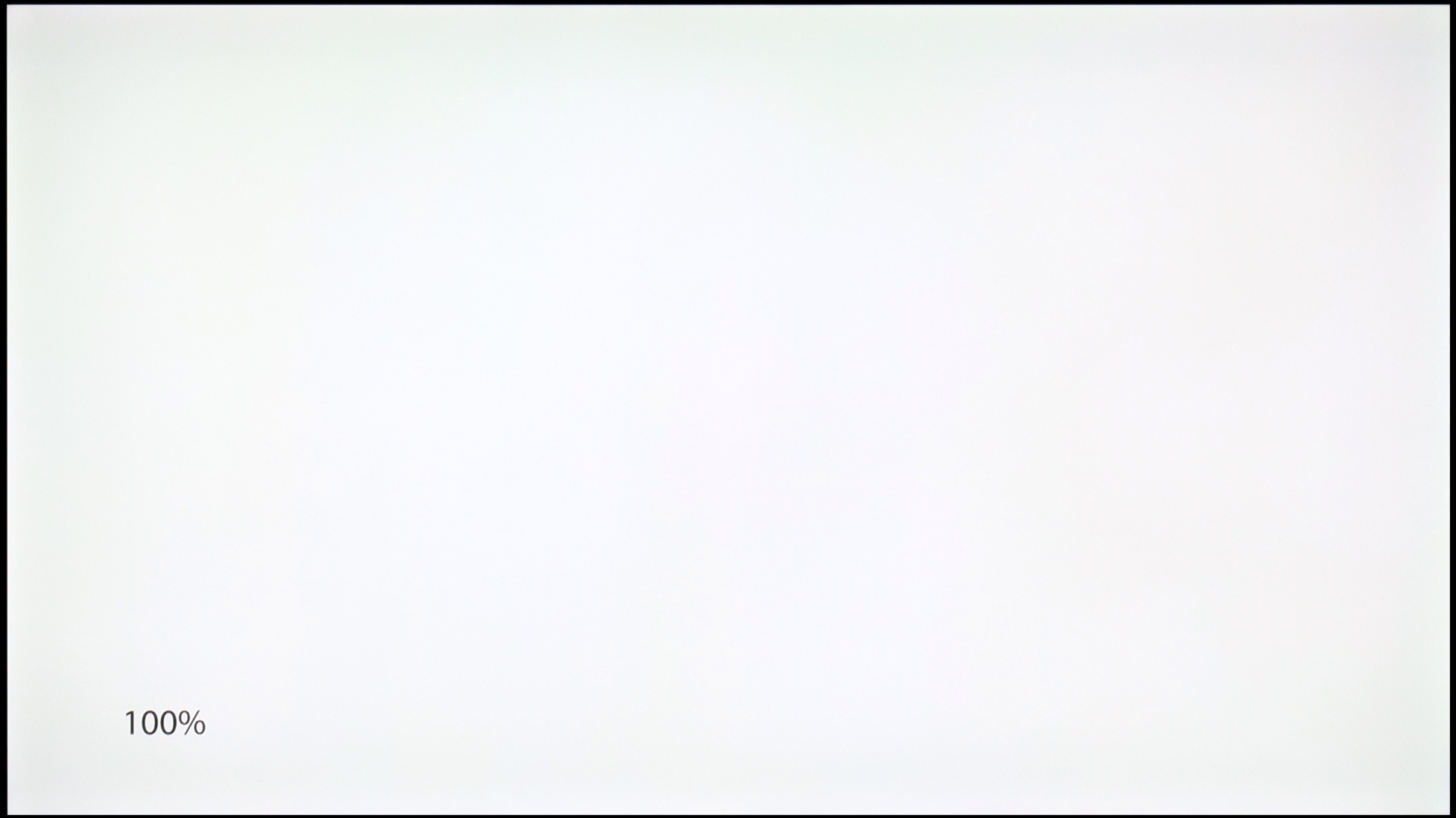
TV features
8.5/10
8.9/10
- HDMI inputs2 x HDMI 2.0, 2 x HDMI 2.1 48Gbps2 x HDMI 2.0, 2 x HDMI 2.1 48Gbps
- Other inputsRCA (Chinch)RCA (Chinch)
- OutputsToslink (Optical audio), eARC (HDMI), ARC (HDMI)Toslink (Optical audio), eARC (HDMI), ARC (HDMI), Mini-Jack (Headphones)
- Network InterfacesWi-Fi 2.4GHz, Wi-Fi 5GHz, Ethernet (LAN) 100MbpsWi-Fi 2.4GHz, Wi-Fi 5GHz, Ethernet (LAN) 100Mbps
- TV receptionDVB-T, DVB-T2, DVB-S, DVB-S2, DVB-CDVB-T, DVB-T2, DVB-S, DVB-S2
Classic features:
- Recording to USB (terrestrial TV)
- Recording programming
- Picture in Picture (PiP)
- RF remote control (no need to aim at the screen)
- Backlit remote control
- Teletext
- Audio only mode
- Possibility to connect Bluetooth headphones to the TV
- Possibility to simultaneously use Bluetooth headphones and the TV speaker
Smart features:
- AirPlay
- Screen mirroring (Windows Miracast)
- Wyszukiwanie głosowe
- Voice search in native language
- Ability to connect a keyboard and mouse


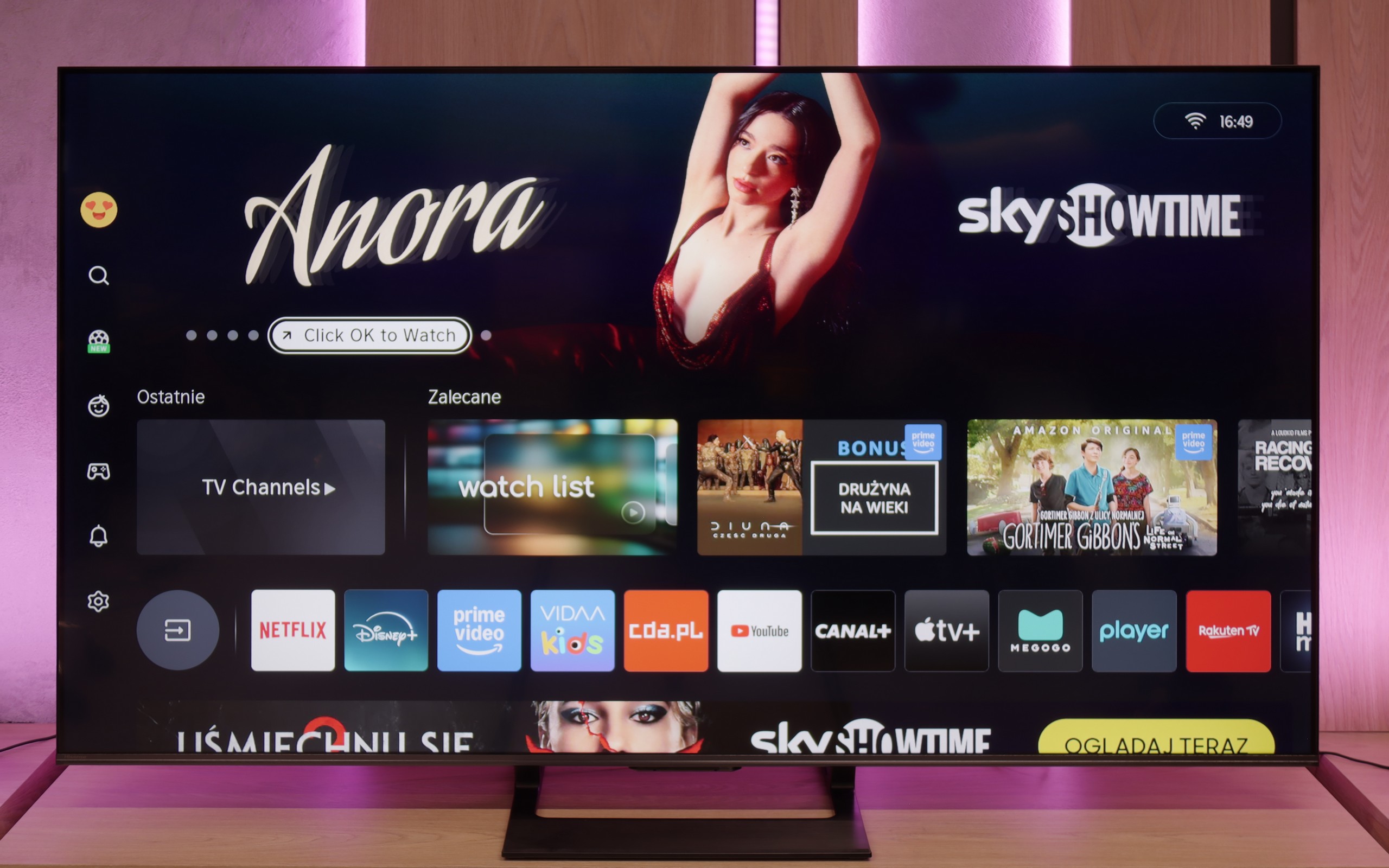

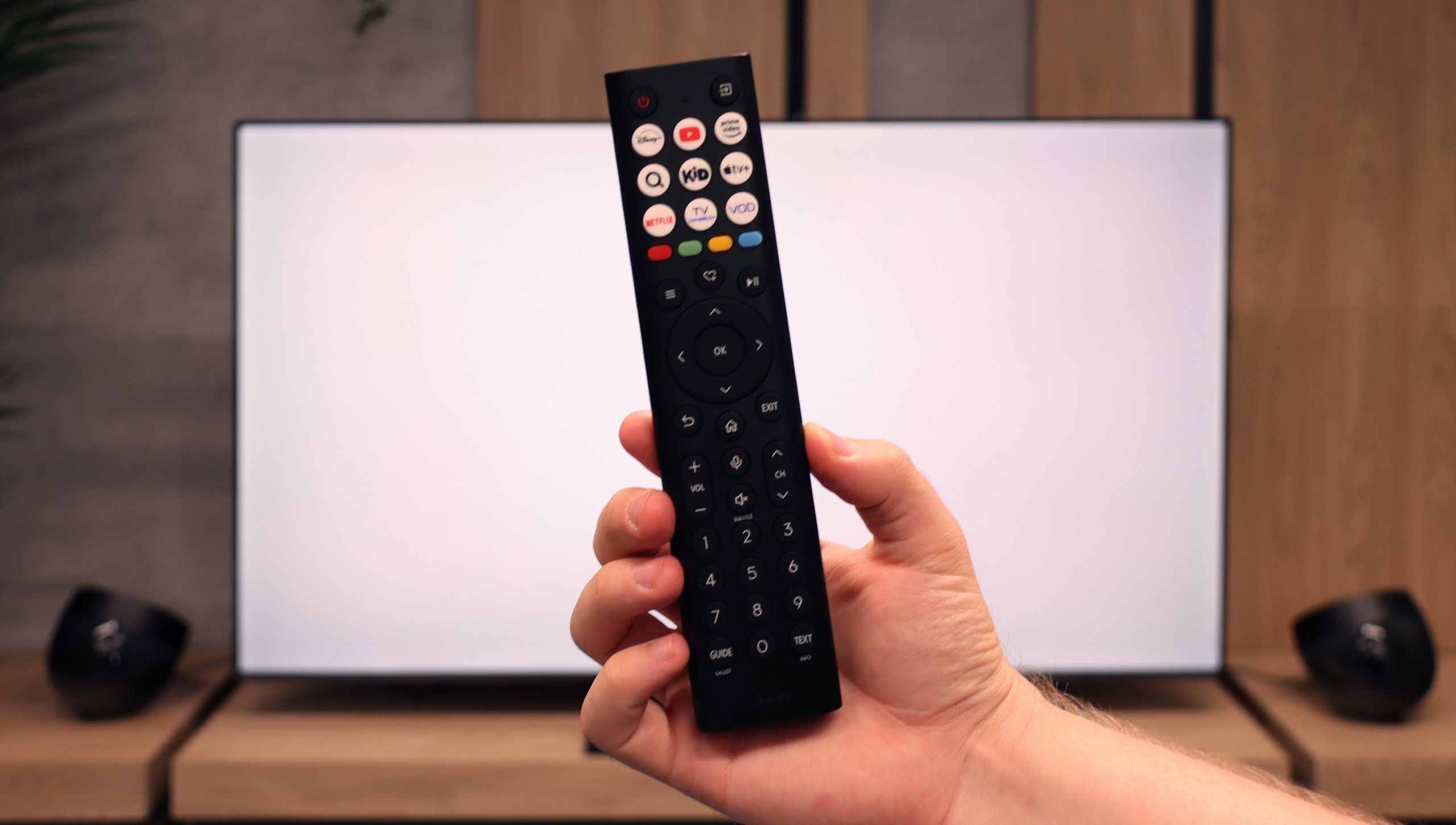
Sony X90L offers a rich set of features, starting with the Google TV system, which is the heart of entertainment. This solution provides access to a huge amount of apps and streaming services, and the interface is intuitive and clear. With voice assistant support, using the TV becomes even more convenient – just one command is enough to find your favorite movies, series, or music. Google TV operates smoothly and allows for full customization, making daily use enjoyable and hassle-free.
The TV also offers a range of practical features. It supports AirPlay and Miracast, making it easy to stream content from mobile devices. Additionally, other devices can be connected via Bluetooth, enhancing versatility and ease of use. For those who prefer traditional television viewing, there is even a recording function available without the need for an external decoder, which is a big advantage for fans of live shows.
In terms of design, Sony X90L may not be the sleekest, but its appearance is impressive thanks to the metal frame, which adds elegance. The TV is equipped with a stand that can be set up in three different ways, allowing it to be adjusted to various spaces and user preferences.
Classic Features of U7Q
Hisense U7Q has a lot to offer when it comes to classic TV features. You can record programs to USB, easily connect external devices via Bluetooth, and the interface – such as EPG – is clear and readable. It may sound like something mainly appreciated by seniors, but the truth is that the U7Q has practically everything needed for watching traditional television. The only thing missing here is the PiP (picture-in-picture) feature.
Smart TV U7Q: Vidaa
When it comes to Smart features, the U7Q runs on the proprietary VIDAA system. And I must admit – it works really smoothly. Voice search in Polish? No issues. AirPlay and screen mirroring? They work without any problems as well. Of course, one must be aware that VIDAA is a closed system, so – as is often the case – some popular apps, especially those related to music, are missing. Therefore, before purchasing, it’s worth checking if all the apps you use daily are available.
Playing files from USB
8.7/10
8.2/10
Supported photo formats:
Maximum photo resolution:


Sony X90L easily handles playback of most popular file formats from USB, which is a big plus for those who frequently access external content. However, it is worth mentioning a slight downside – the built-in player does not allow for changing the font color in subtitles, which can be problematic for some. Fortunately, thanks to the advanced Google TV system, users have a wide range of options. It is easy to install alternative media players that offer more personalization options.
The built-in player in the U7Q fully meets the needs of most future users. The television seamlessly supports Polish characters and most popular video, audio, and photo formats. If we had to nitpick, it would be only about the limited support for certain photo resolutions – there are occasions when files from the camera are not displayed correctly. It's worth keeping this in mind if you plan to present photos directly from a DSLR or phone.
Apps
9.6/10
7.7/10














































Sound
7/10
7.2/10
- Subjective sound quality:7/107.2/10
- Dolby Digital Plus 7.1:
- Dolby True HD 7.1:
- Dolby Atmos in Dolby Digital Plus (JOC):
- Dolby Atmos in Dolby True HD:
- DTS:X in DTS-HD MA:
- DTS-HD Master Audio:
The sound in Sony X90L is pleasant and clear, and the presence of bass makes the sound fuller. The TV performs well in playing music, offering satisfying audio experiences. An additional advantage is the support for Dolby Atmos and DTS technologies, which provide a more spatial and immersive sound. As a result, movies, games, and music gain depth and realism, creating a better experience for the user.
Sound is one of the major advantages of the U7Q. The TV sounds really pleasant – there is a slightly noticeable bass, good tone balance, and it is definitely something more than just for "everyday news watching." You can easily play music on it and just enjoy the sound – of course in an entertaining way, not an audiophile one 😉. It also deserves high praise for full support for the most important audio codecs, which worked flawlessly. A small exception is Dolby Atmos in TrueHD version, which did not fully play when connected to a home theater, so if someone uses this format – it's worth keeping in mind – it may be a software bug.


